Human Resource Management Fundamentals of Human Resource

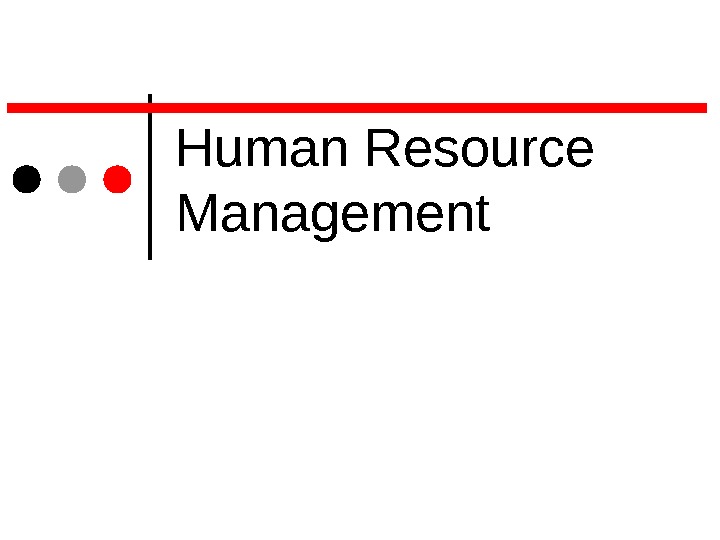

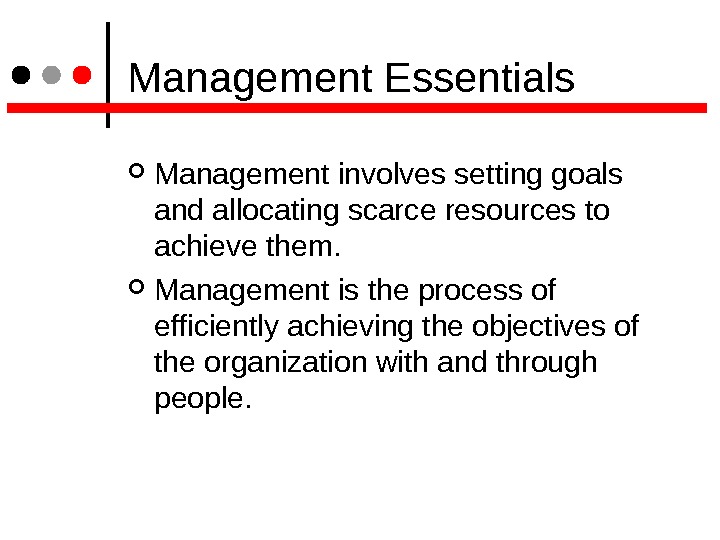
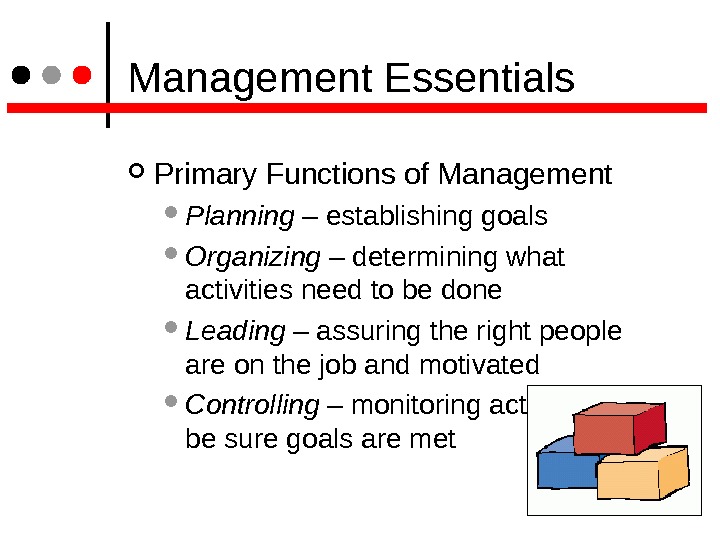
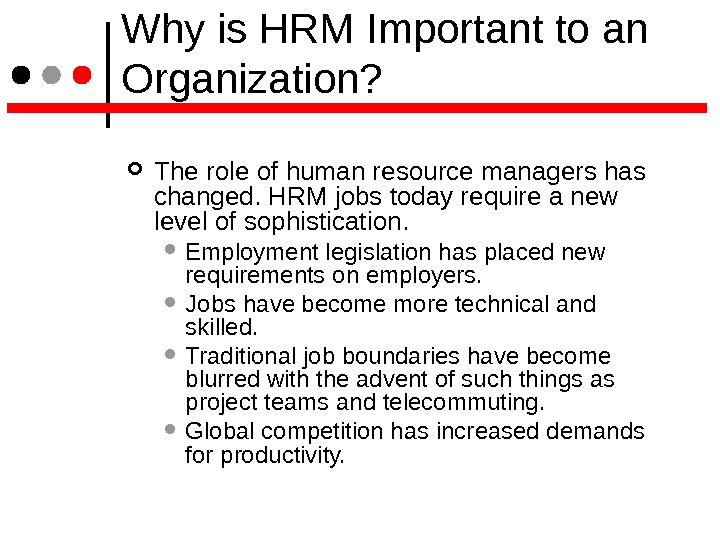
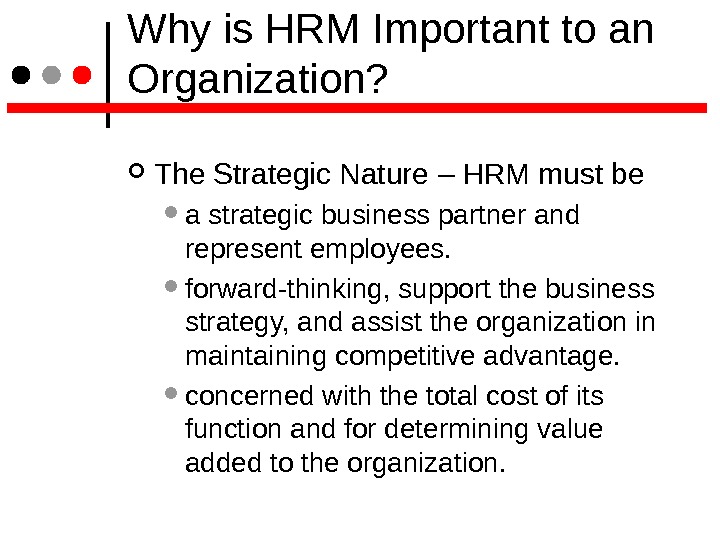
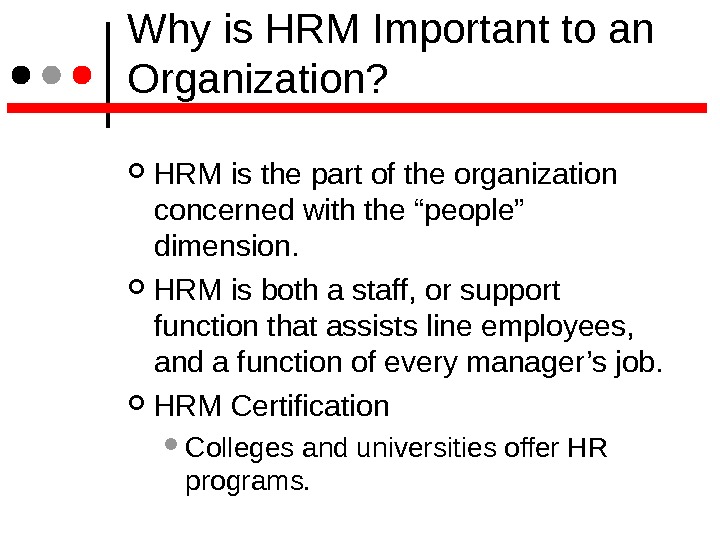
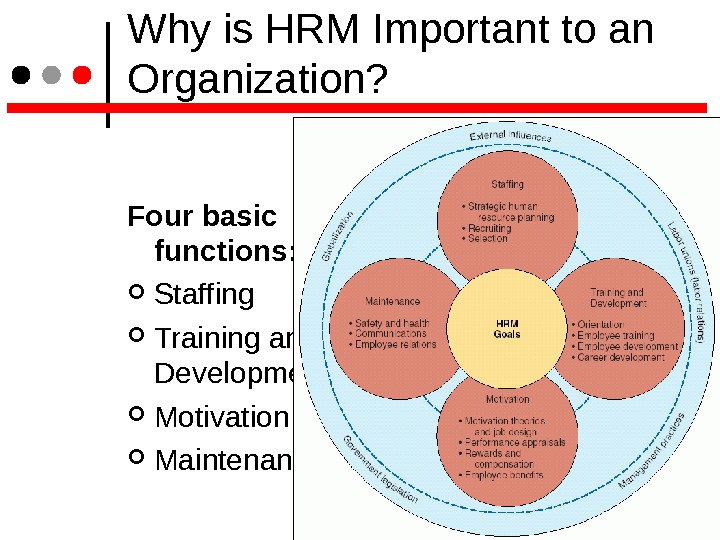
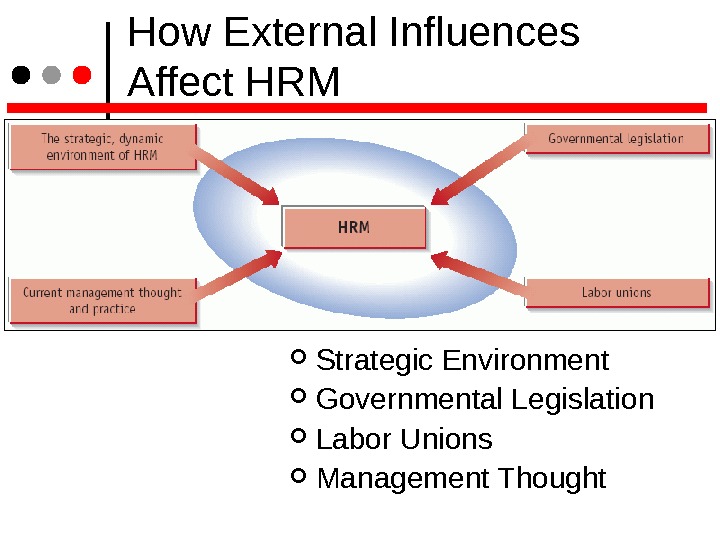
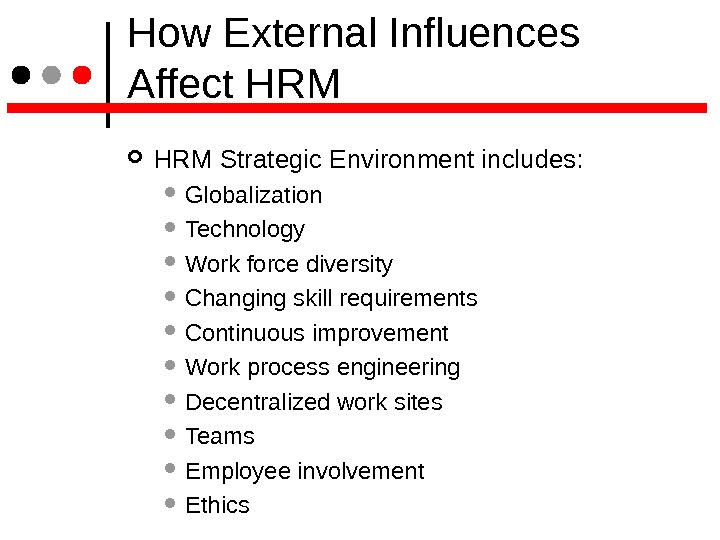
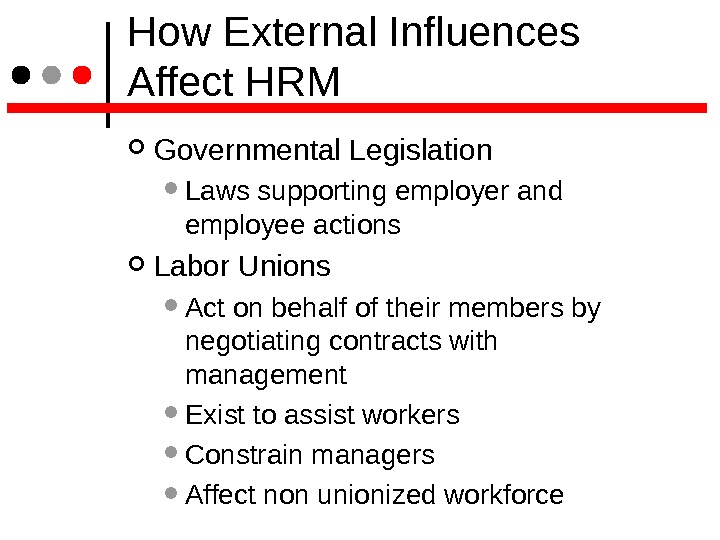
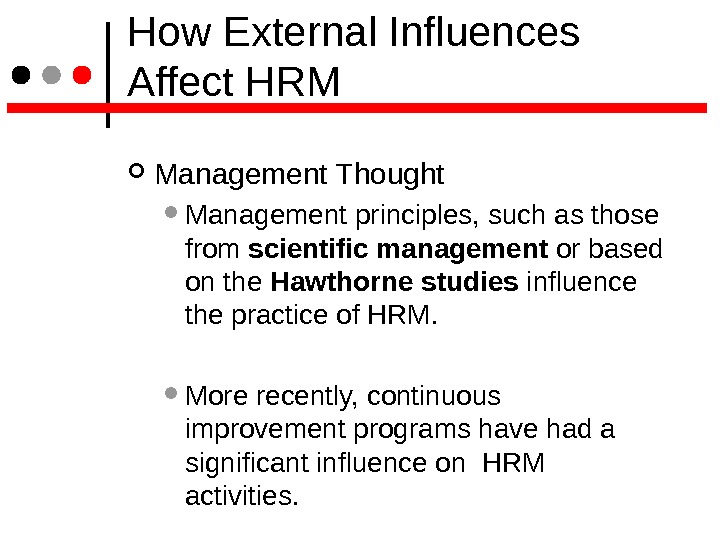
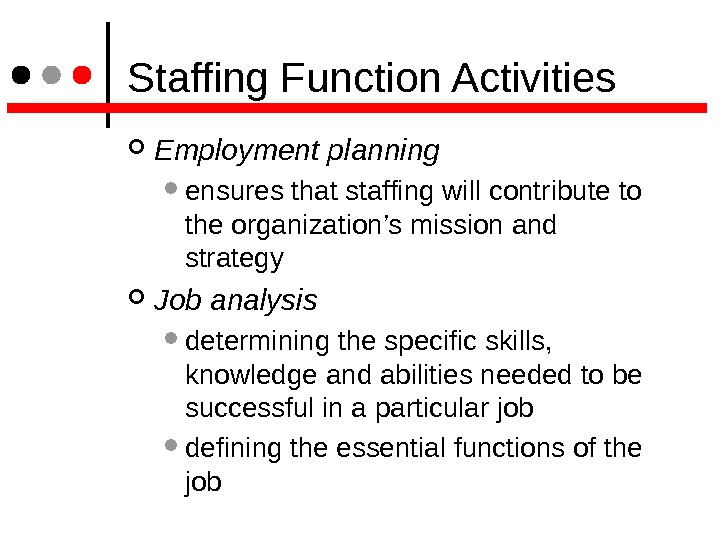
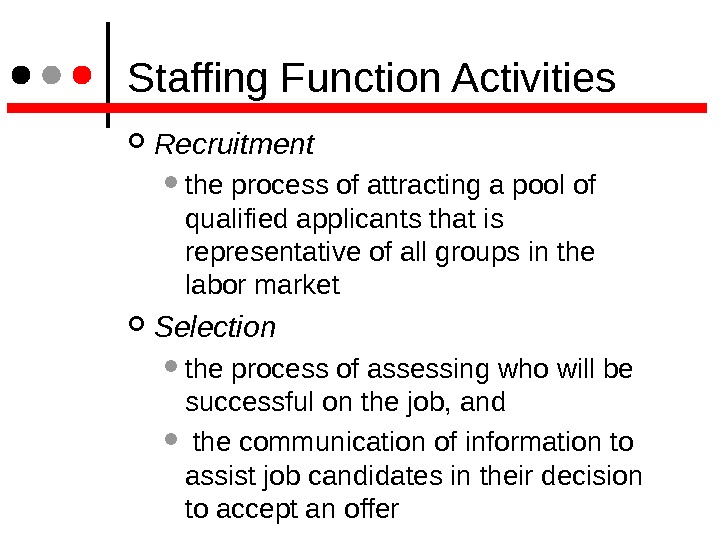
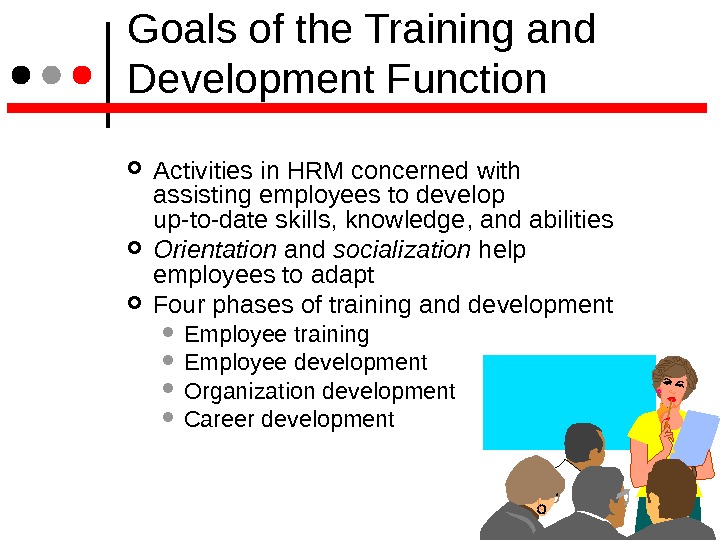
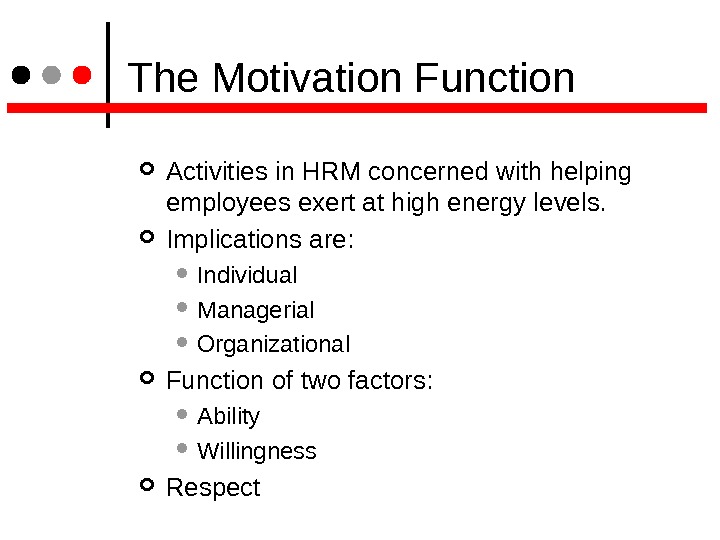
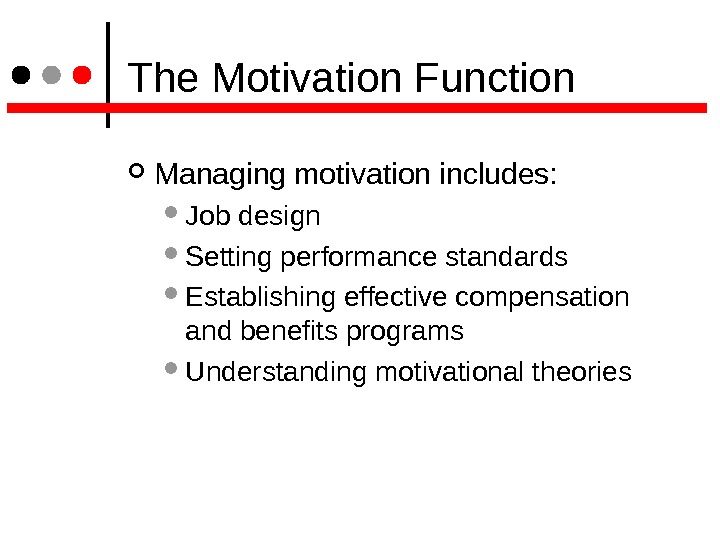
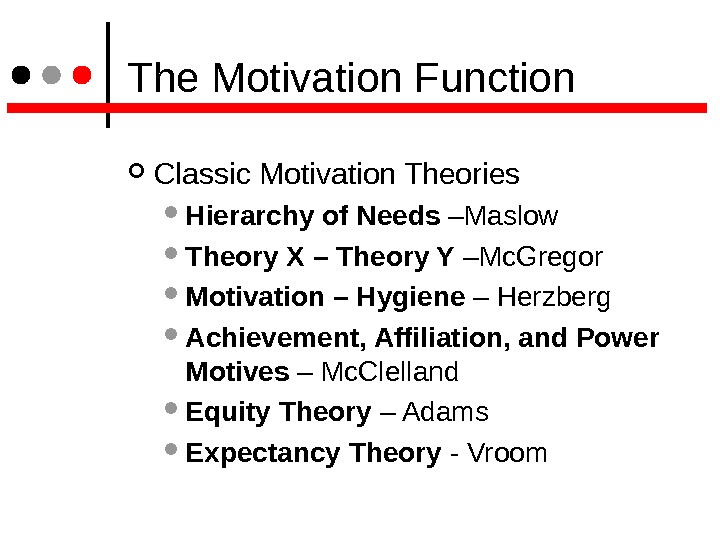
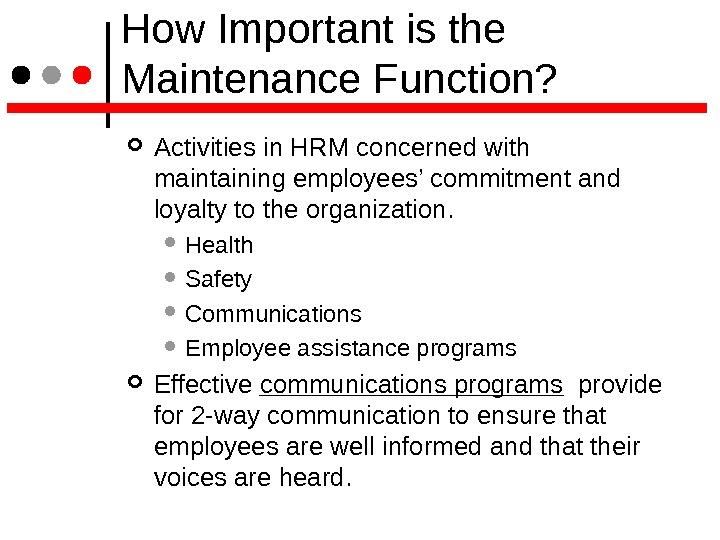
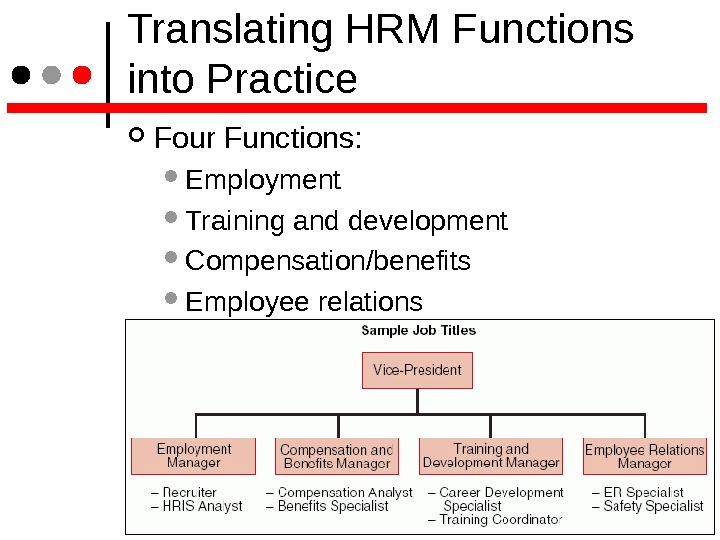
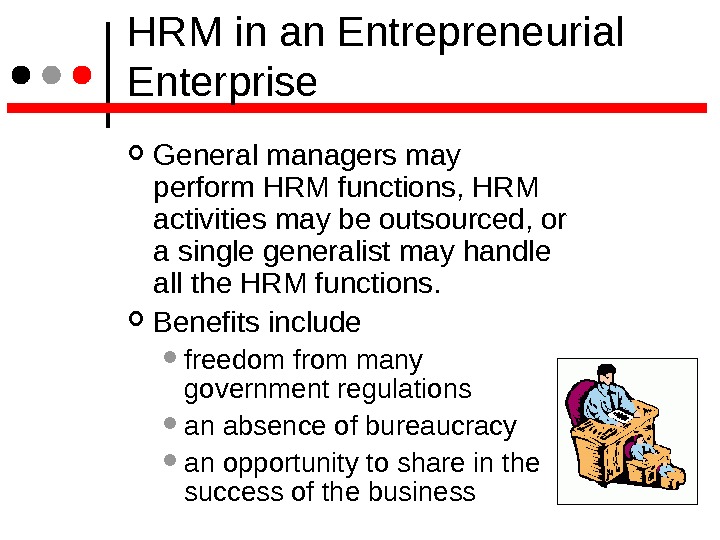
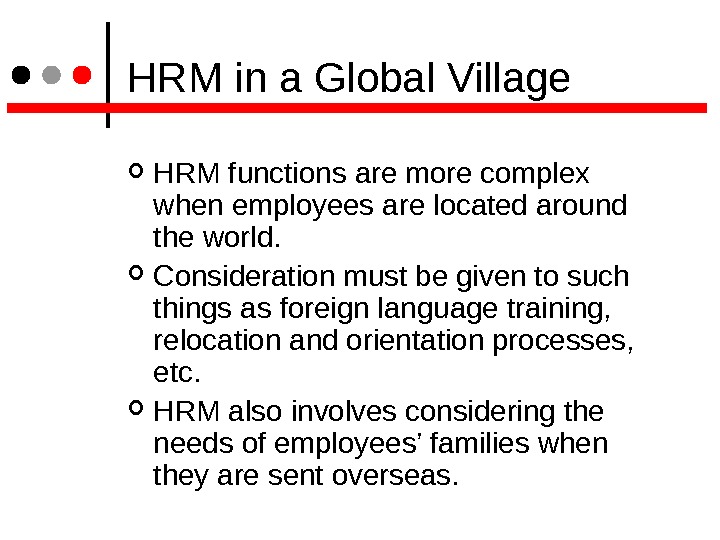
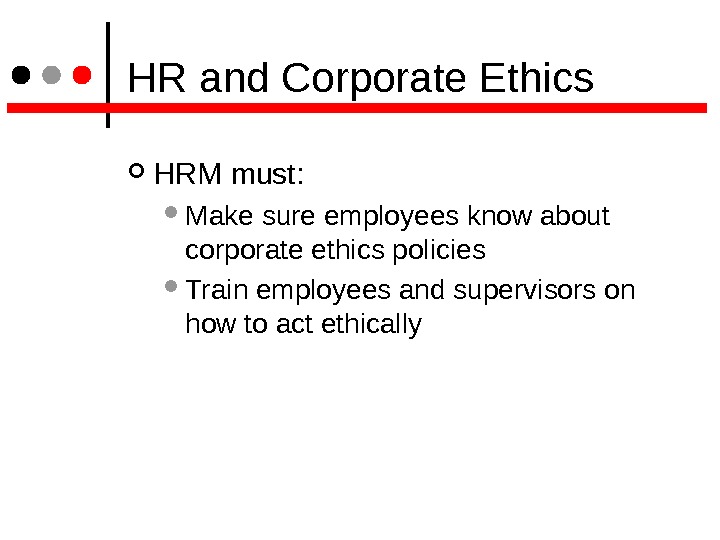
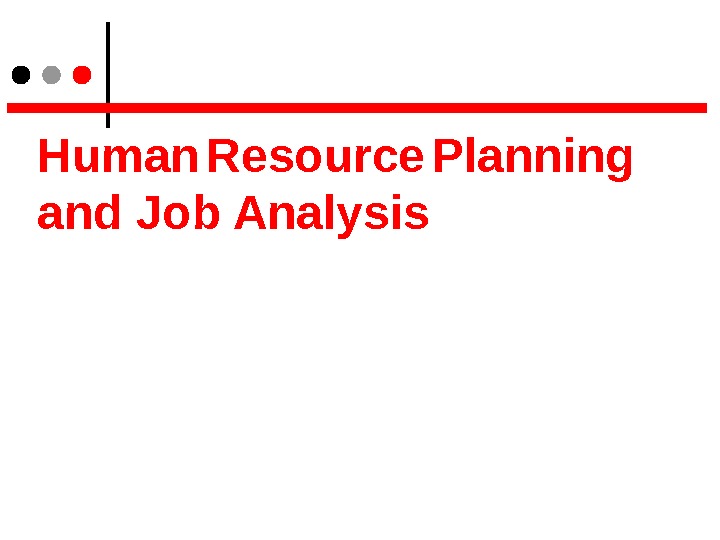
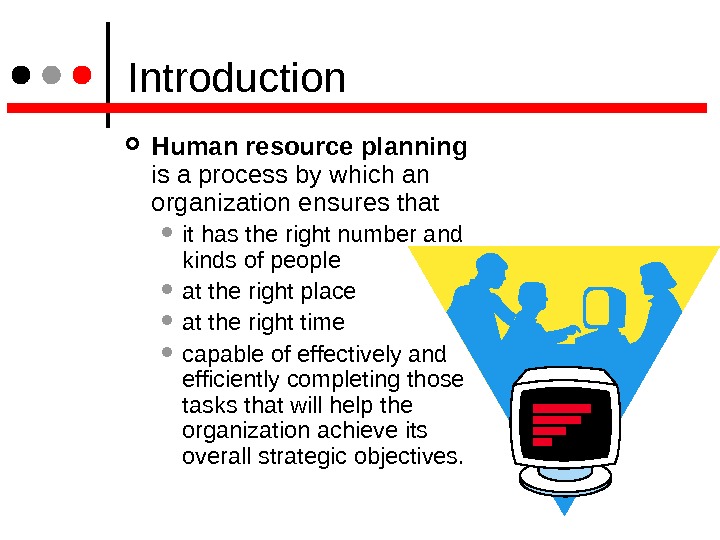
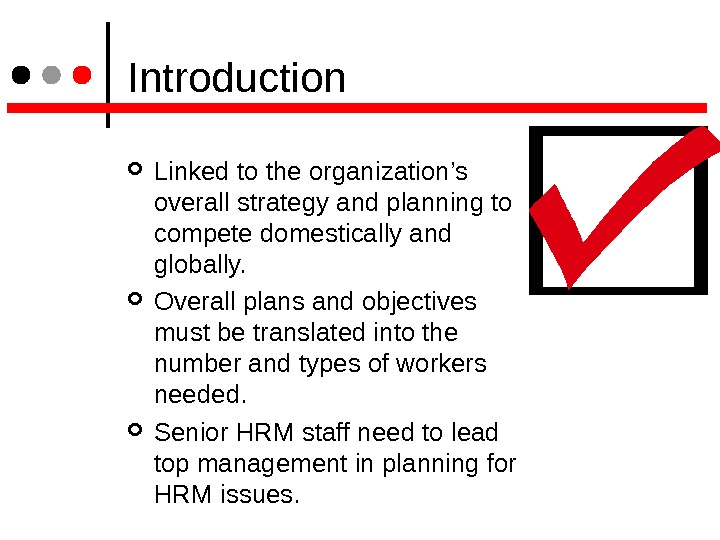
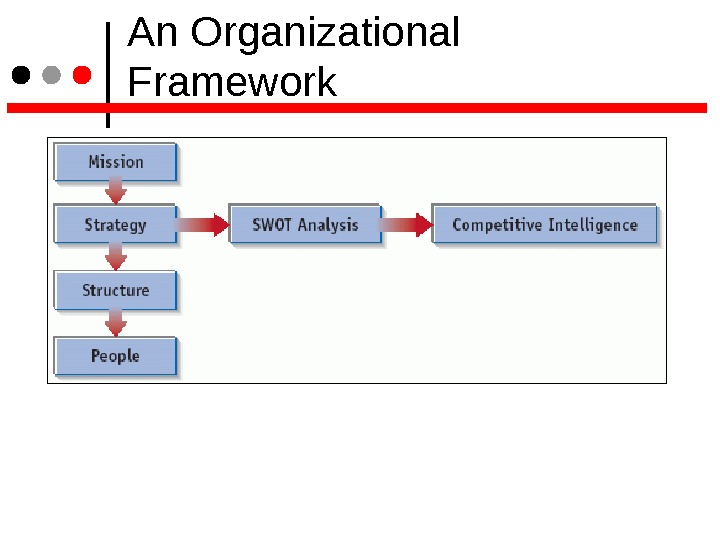
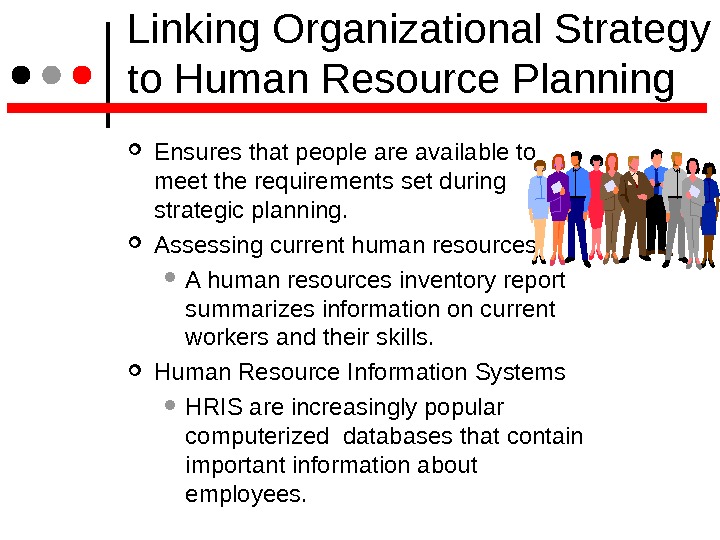
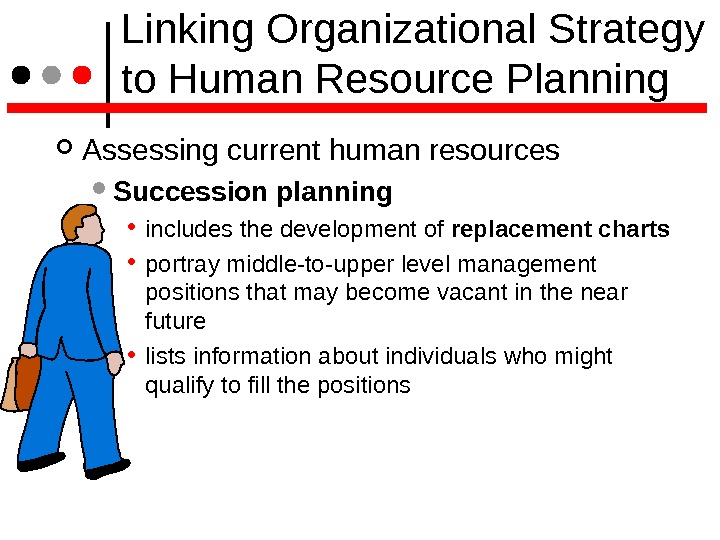

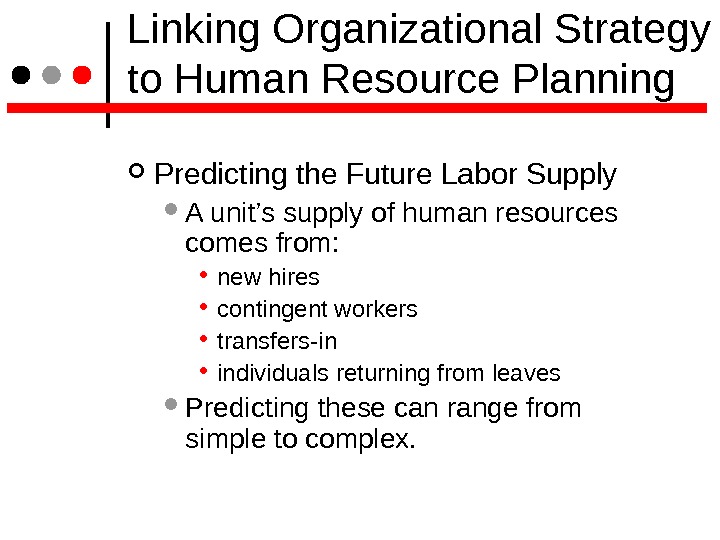
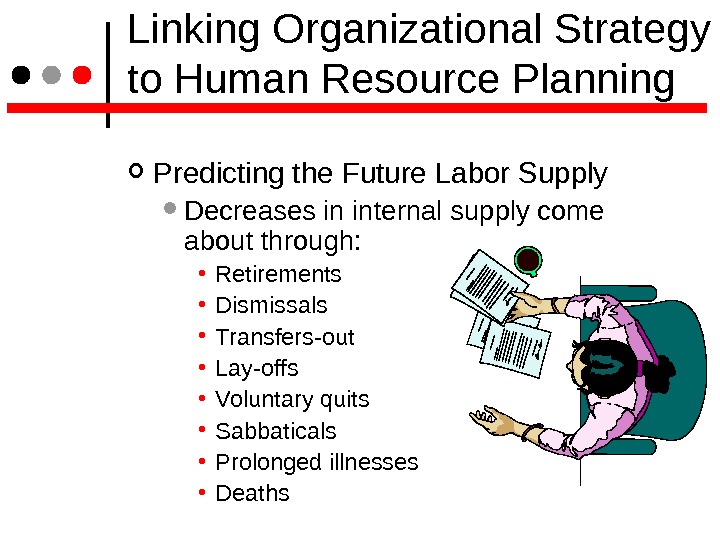
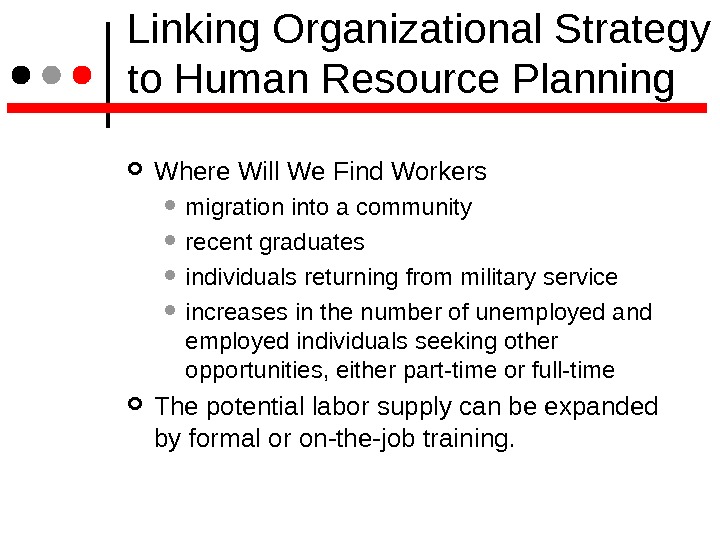
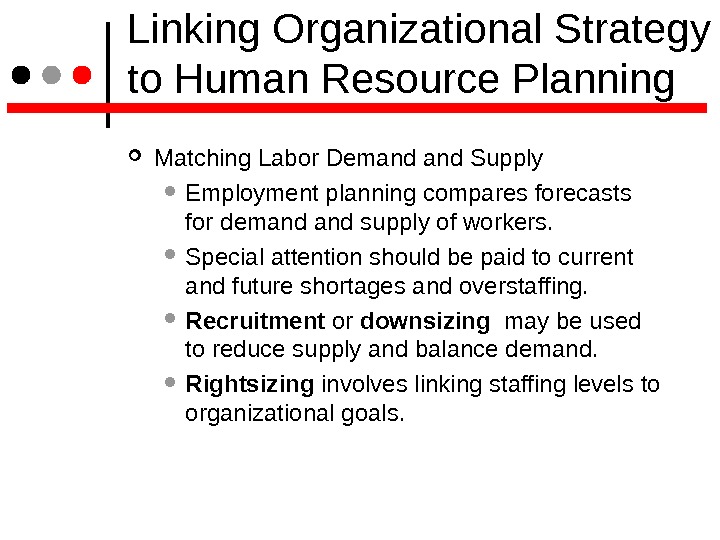
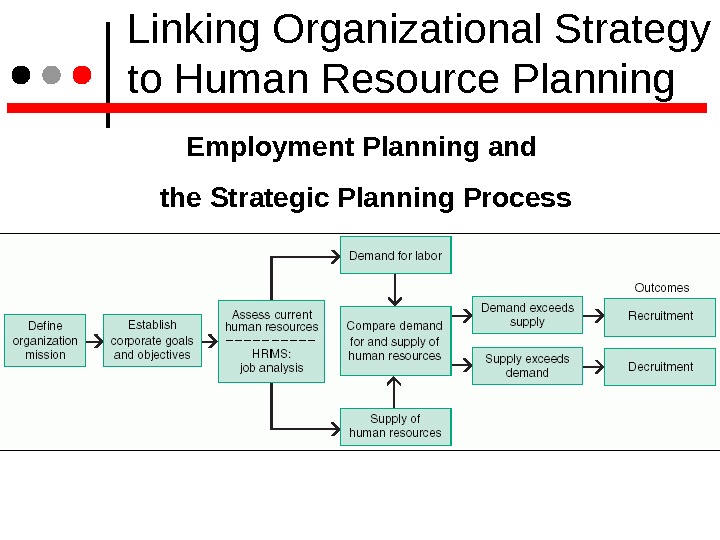
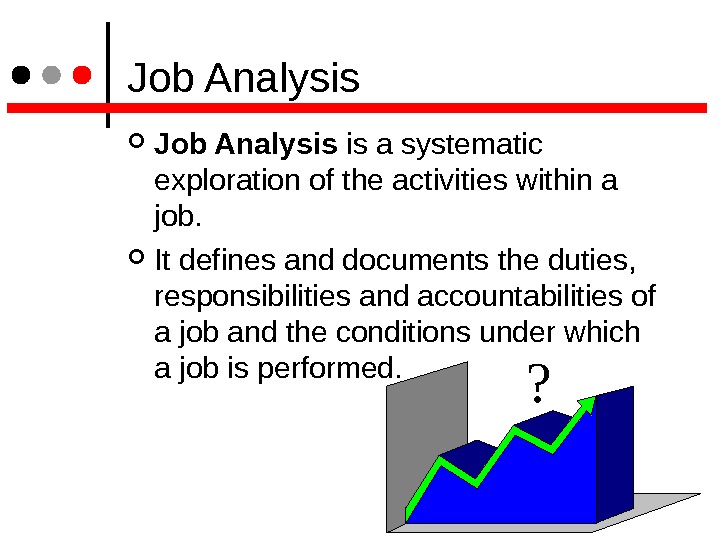
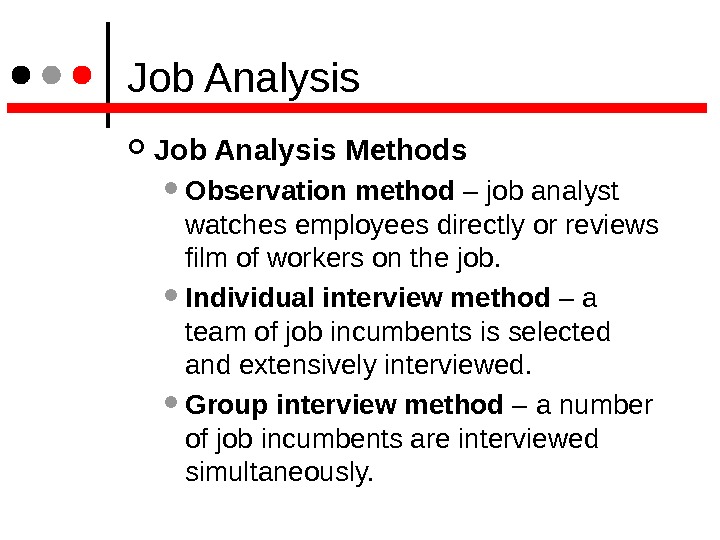
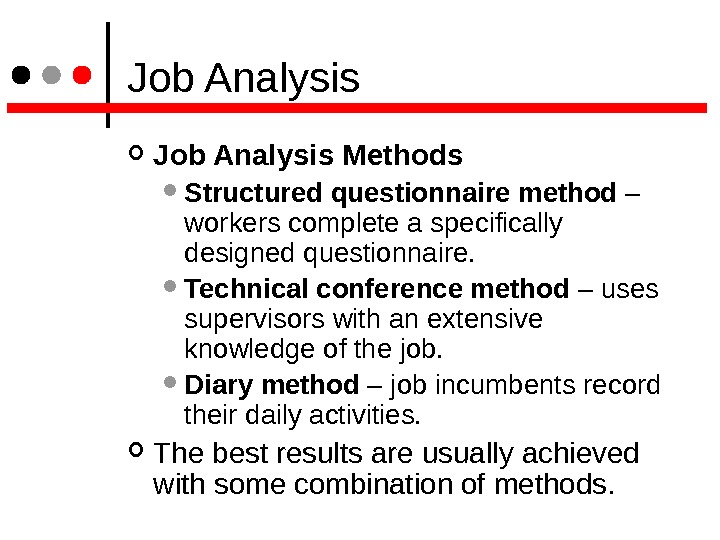
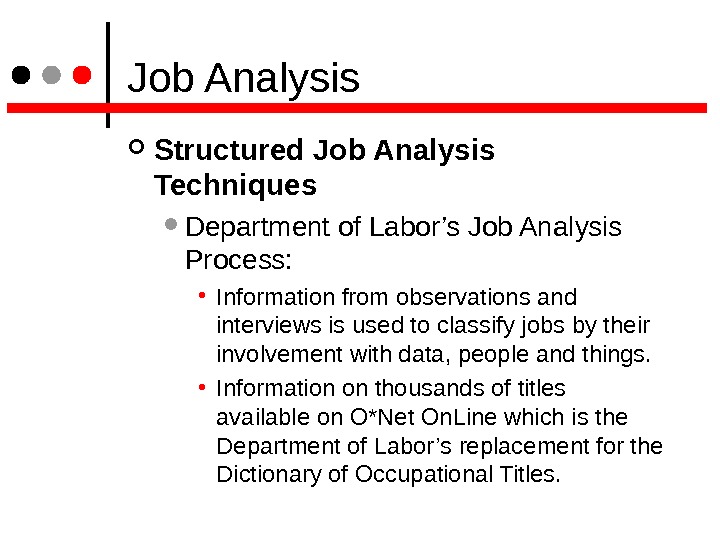
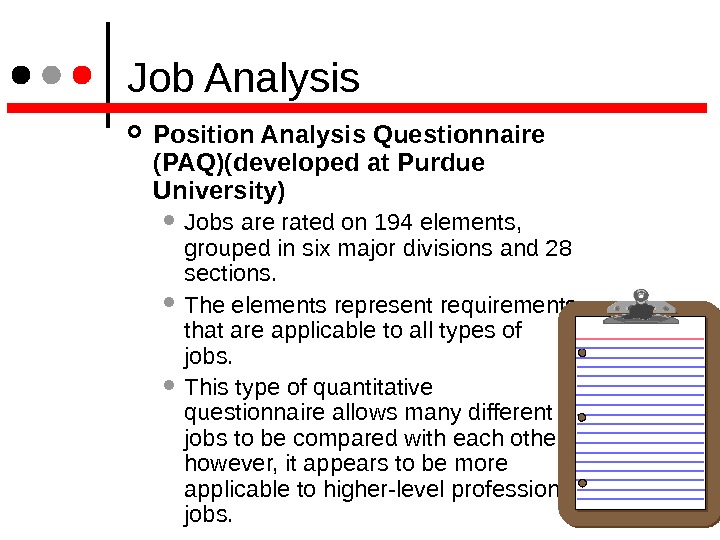
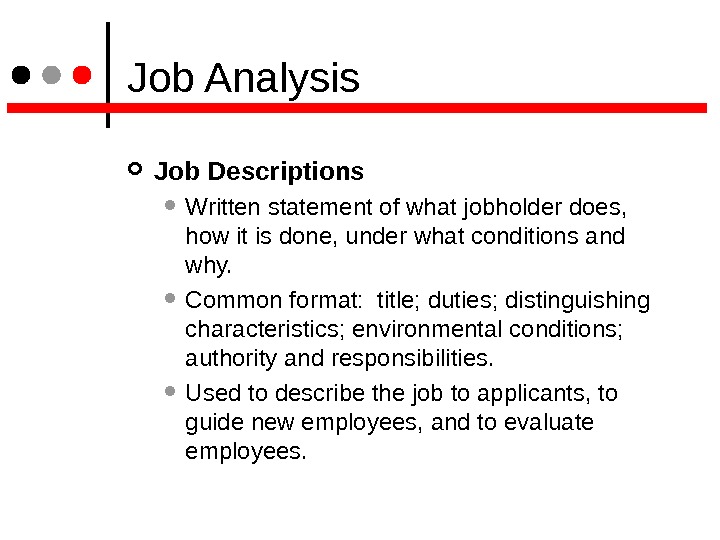

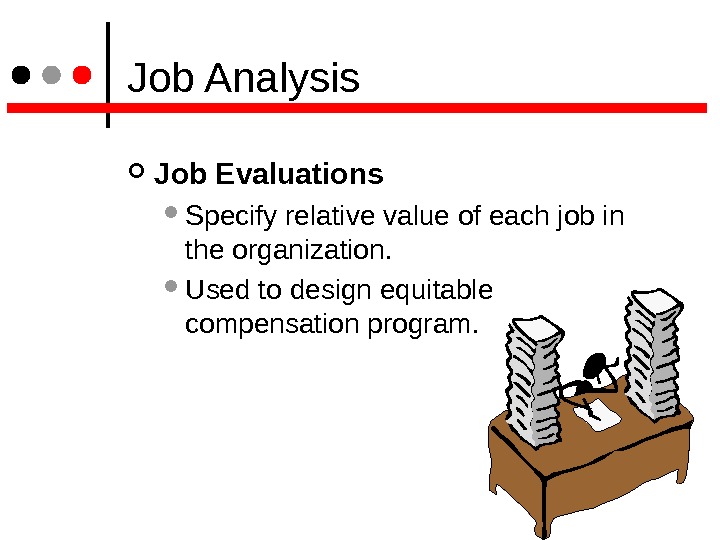
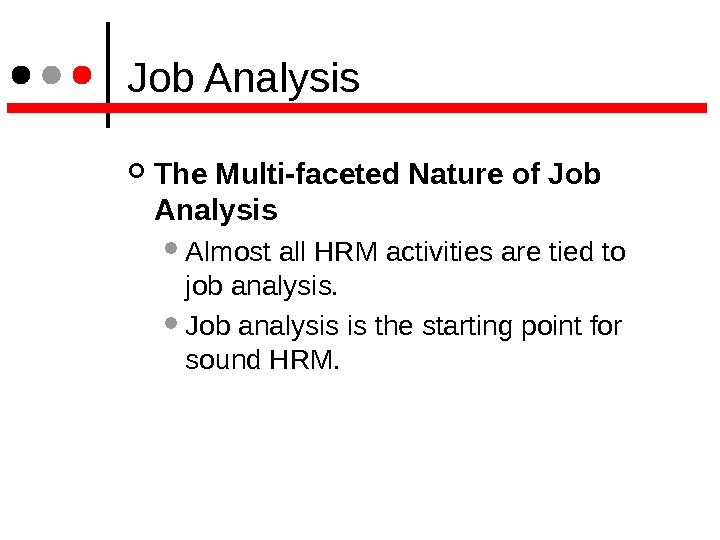
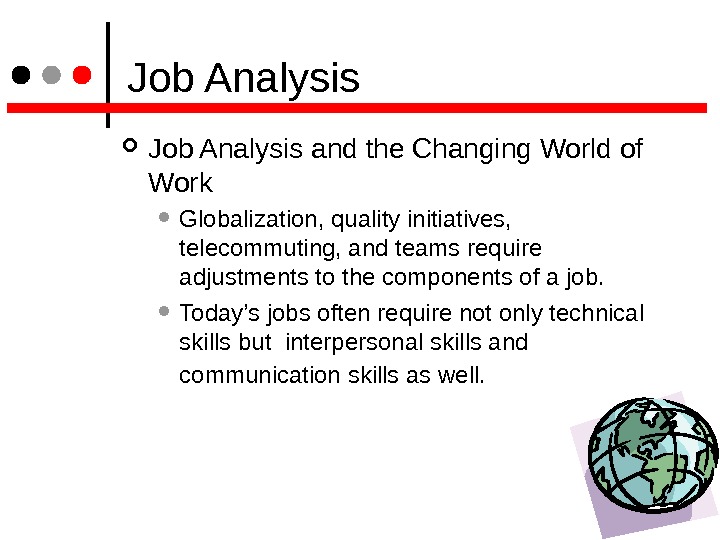
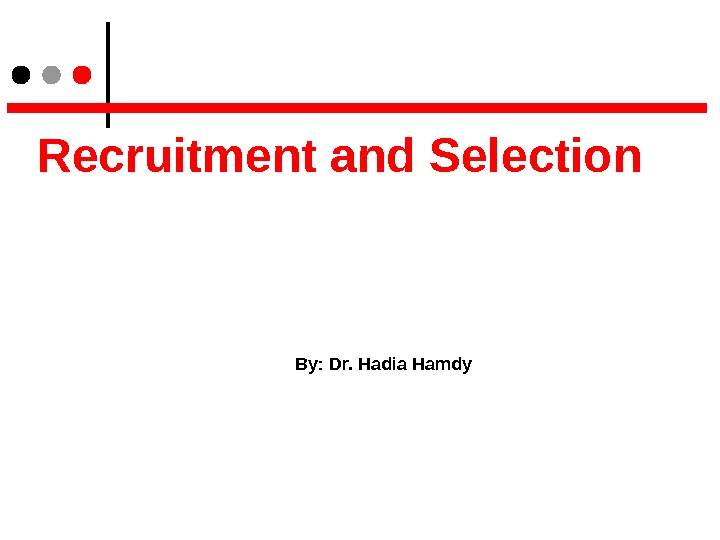
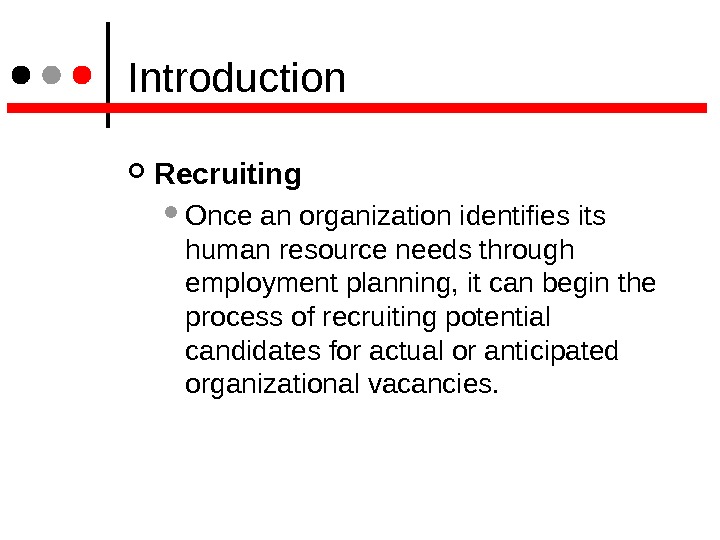
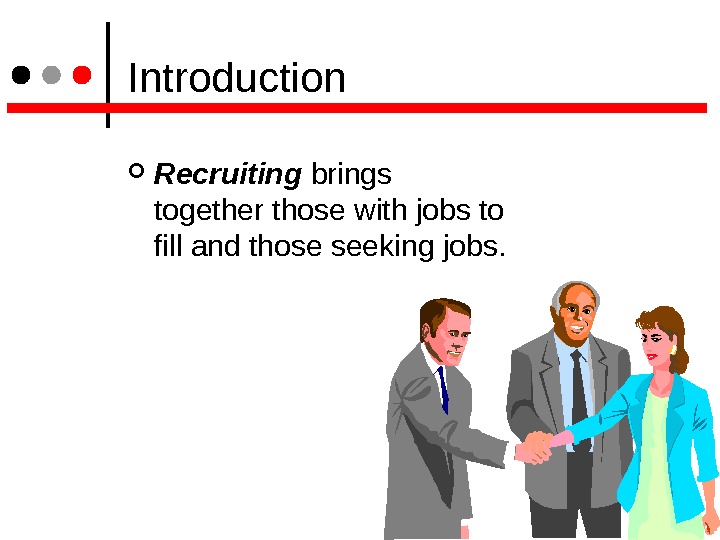
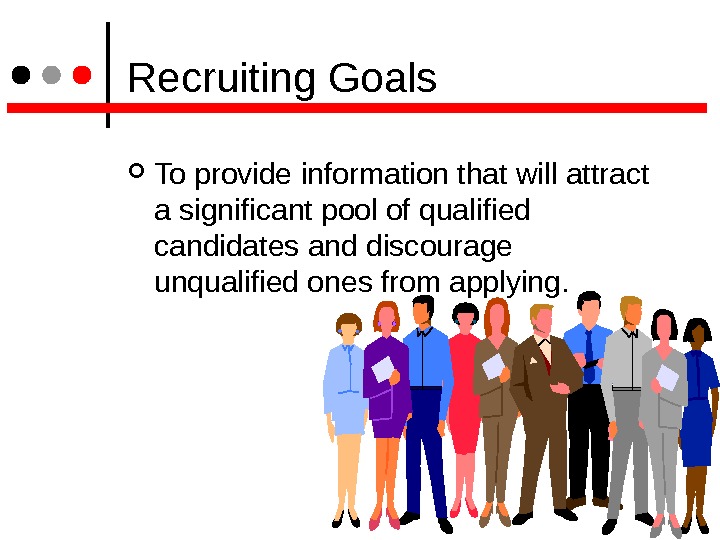
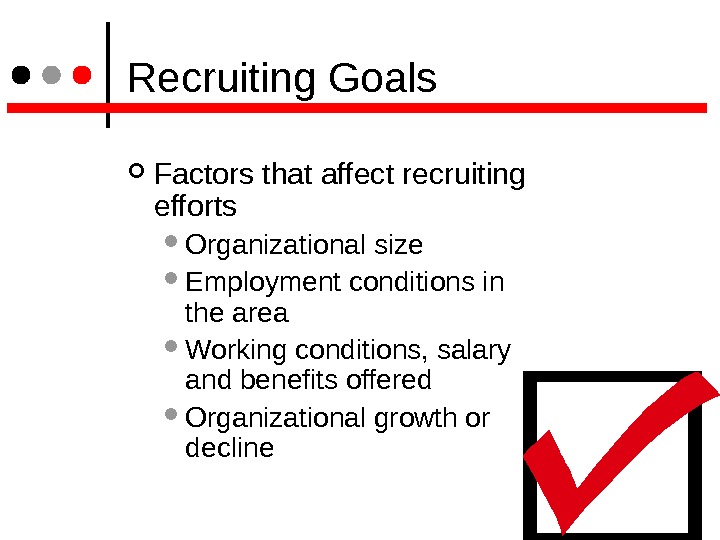
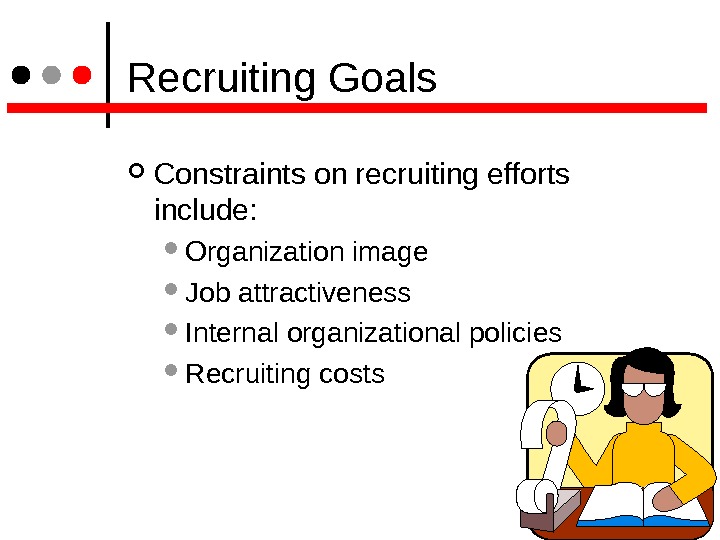
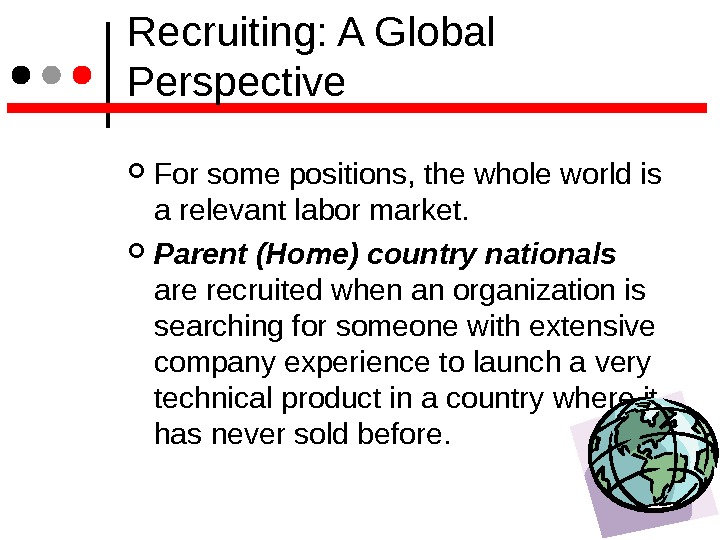
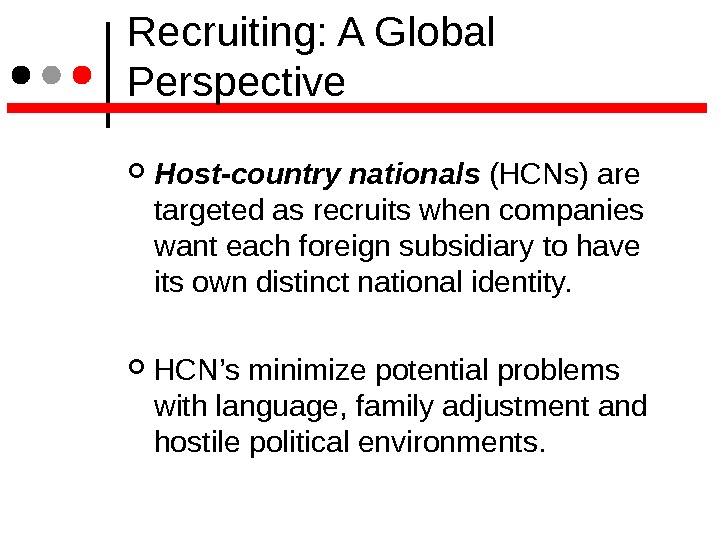
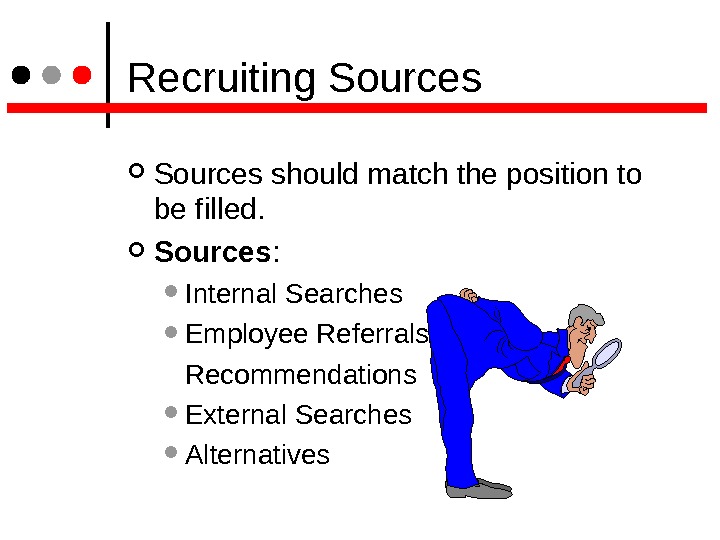
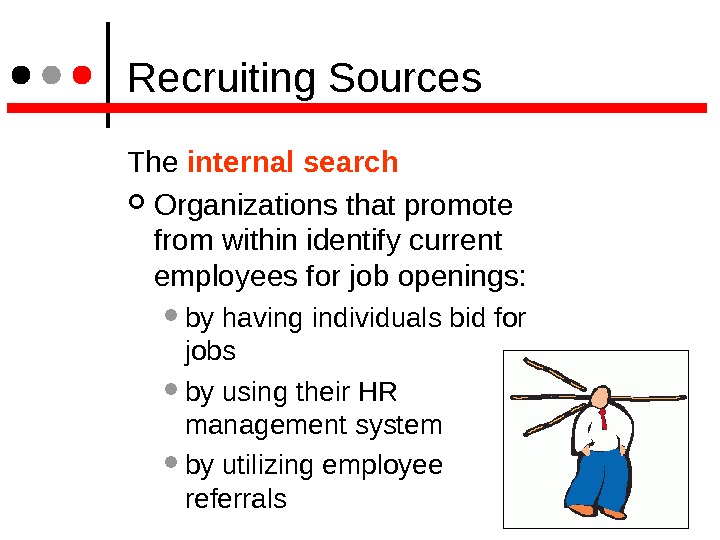
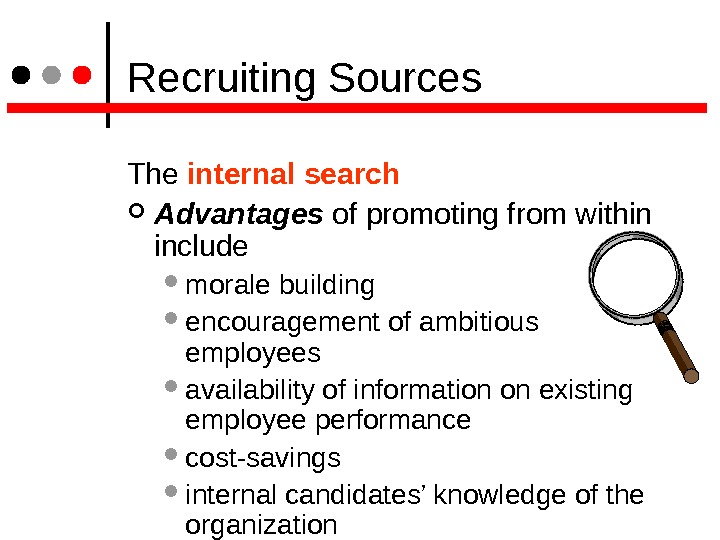
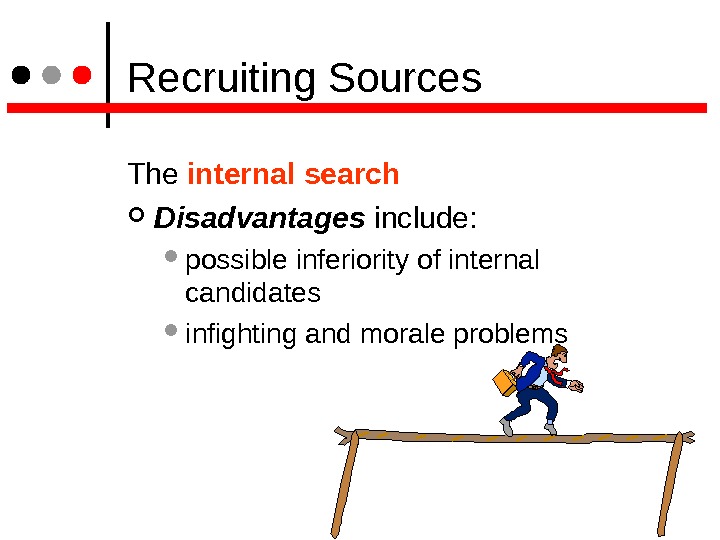
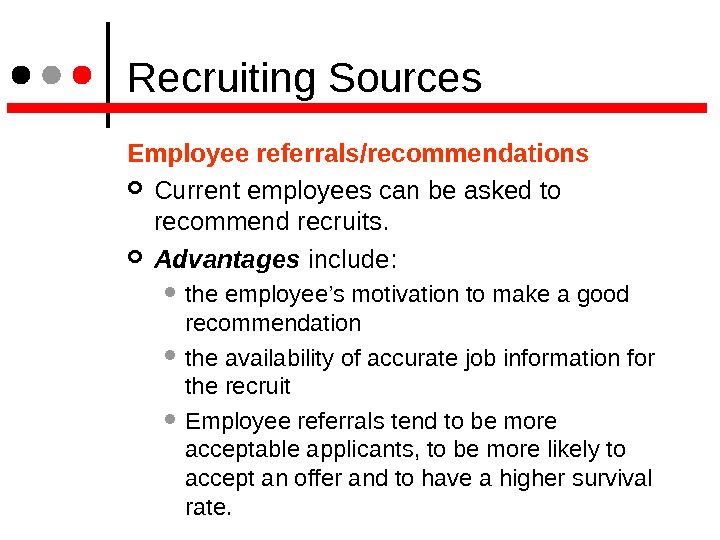

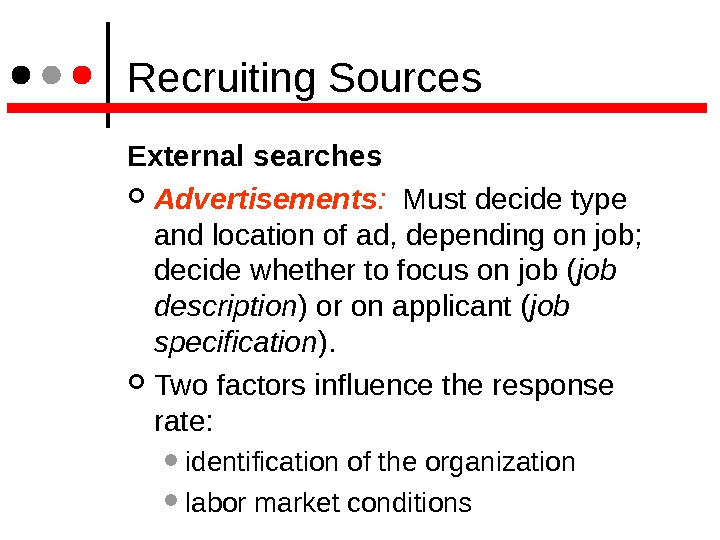
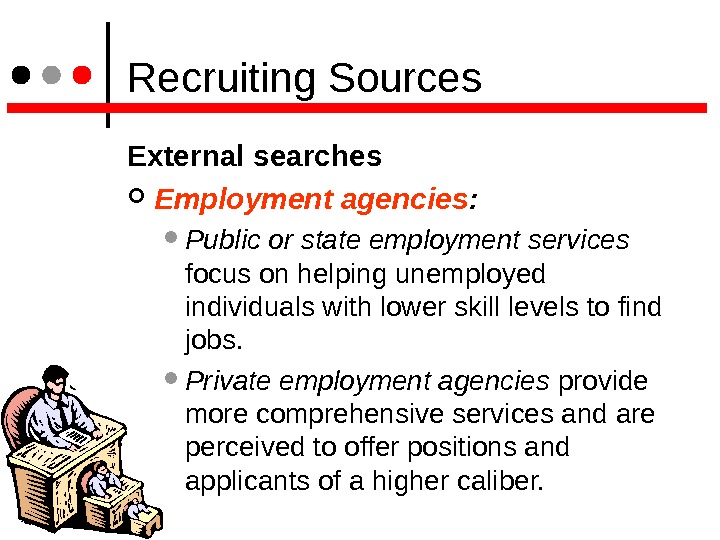
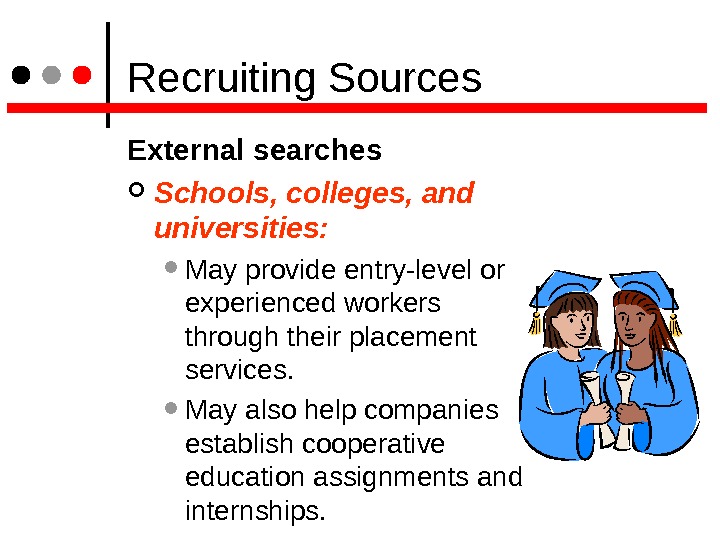
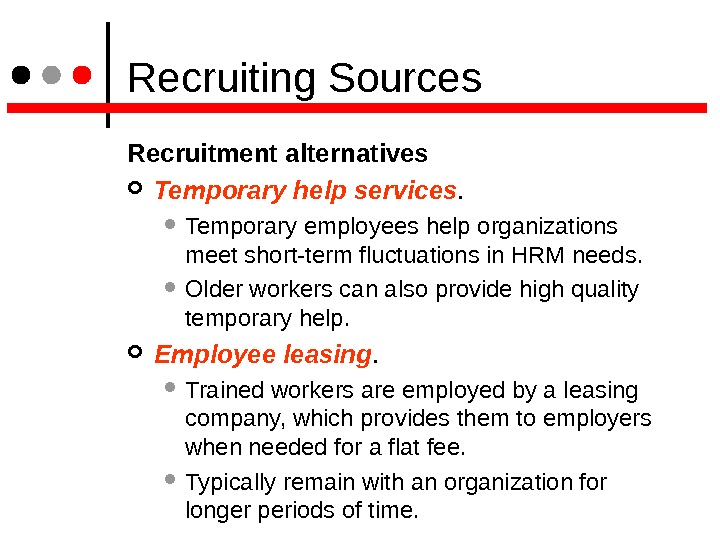
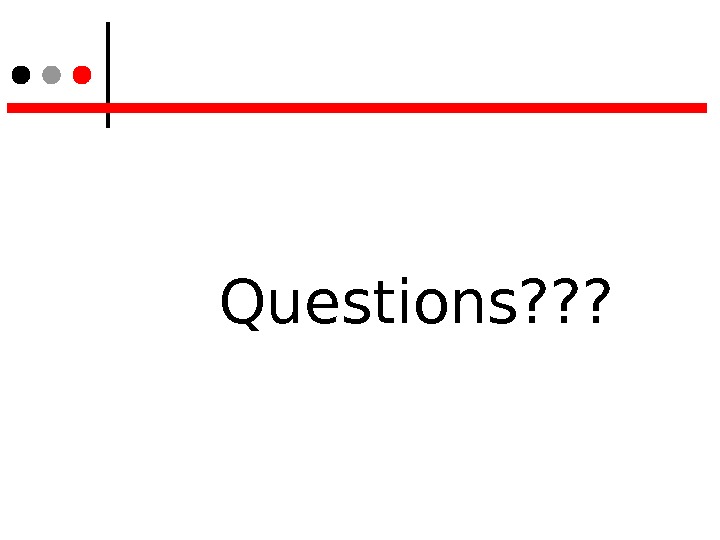

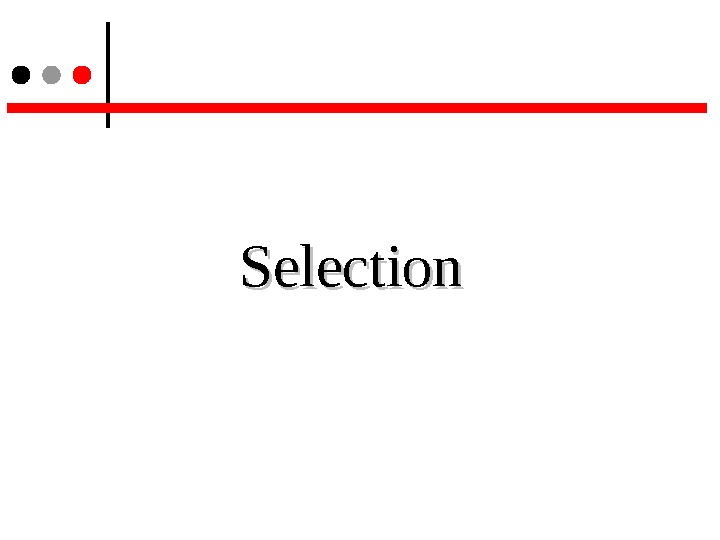
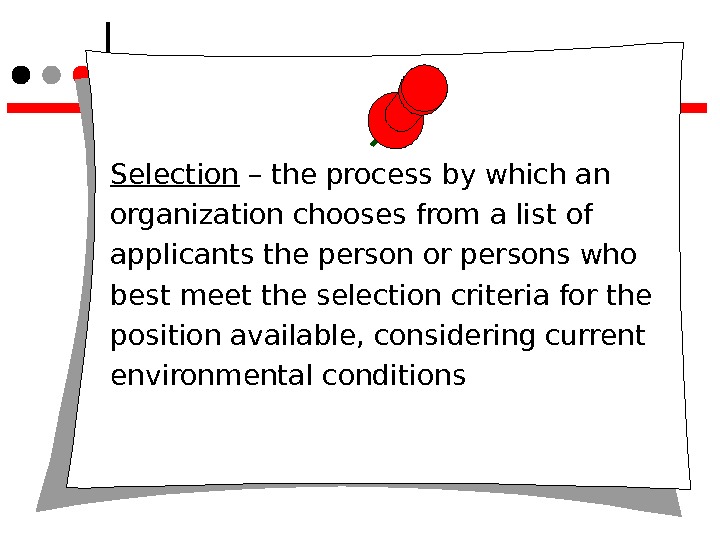

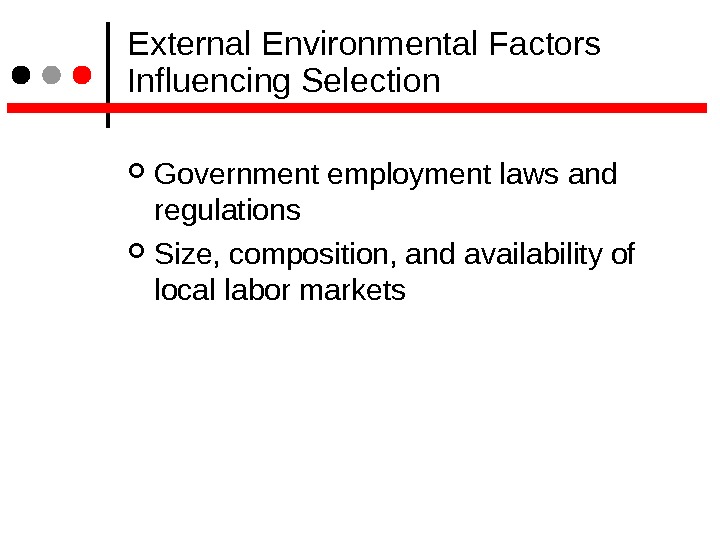

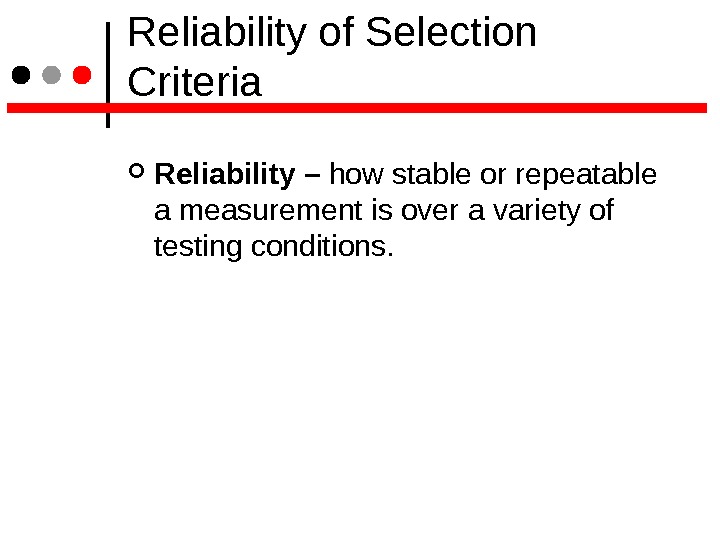

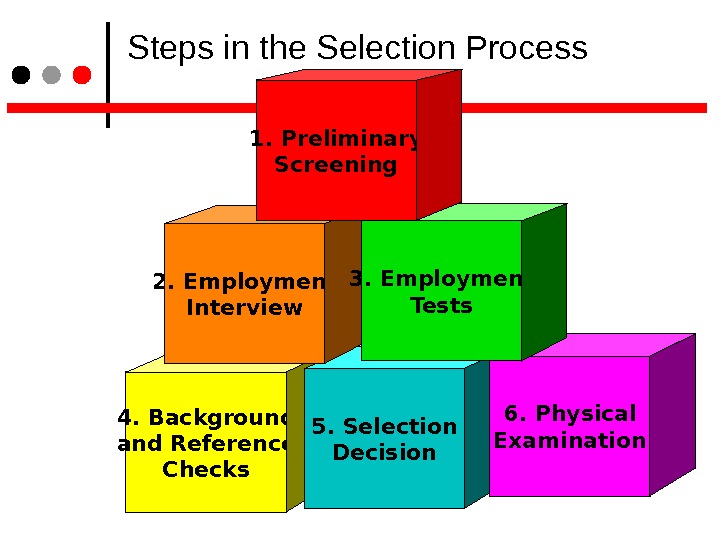
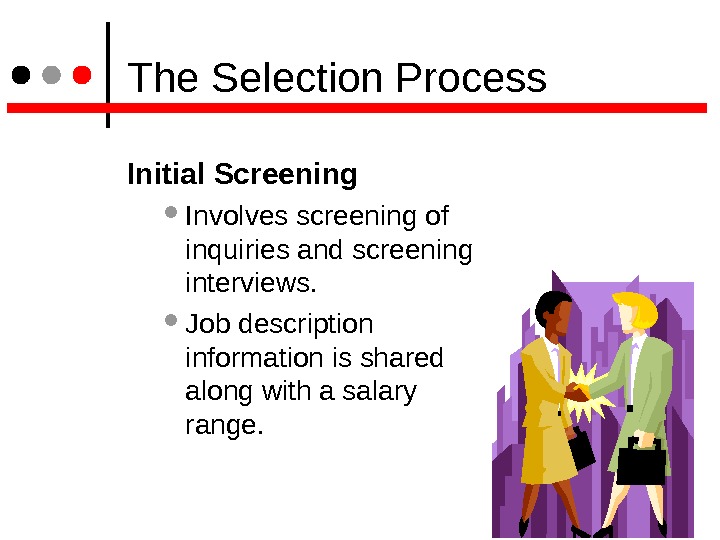
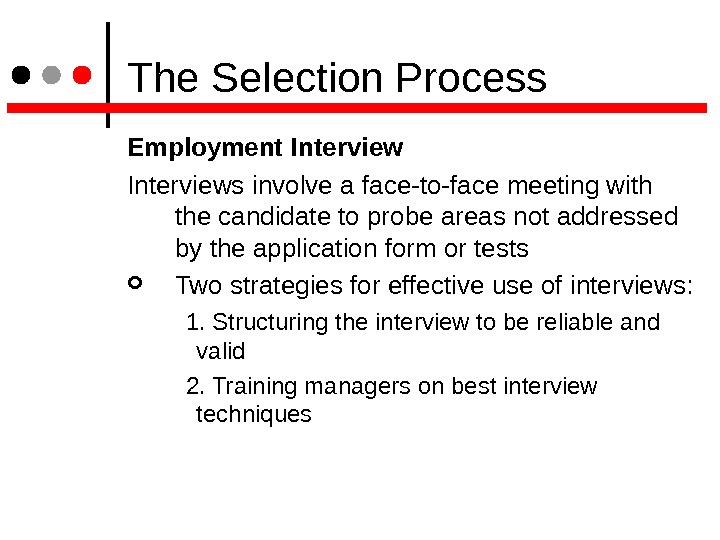
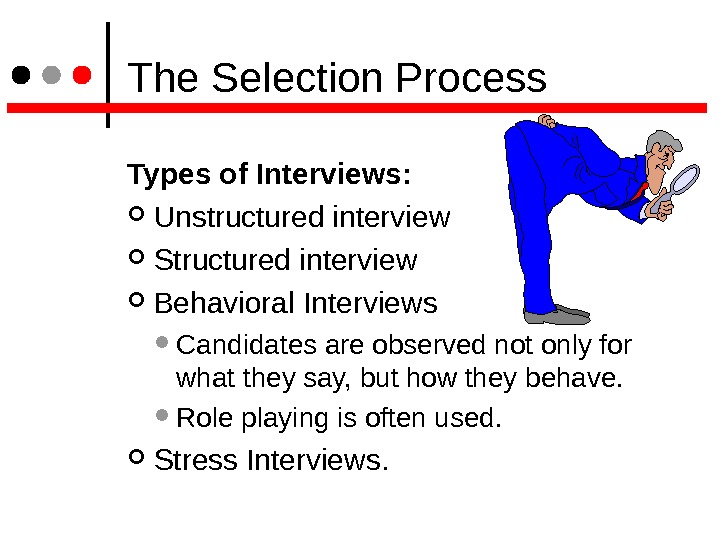
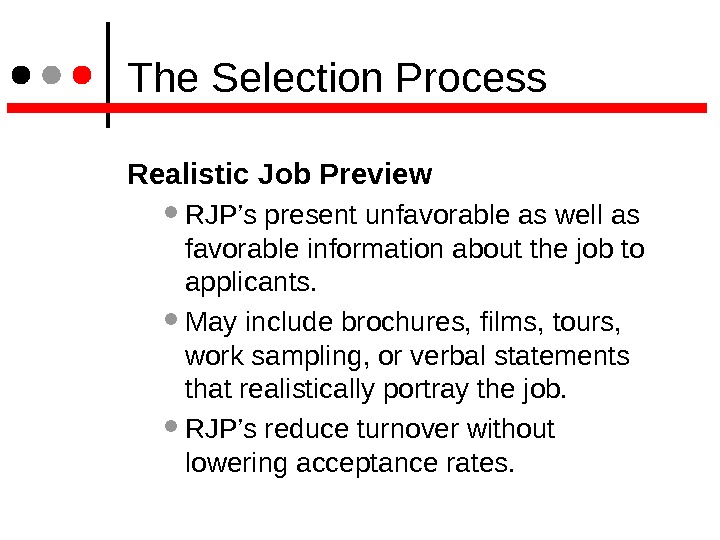
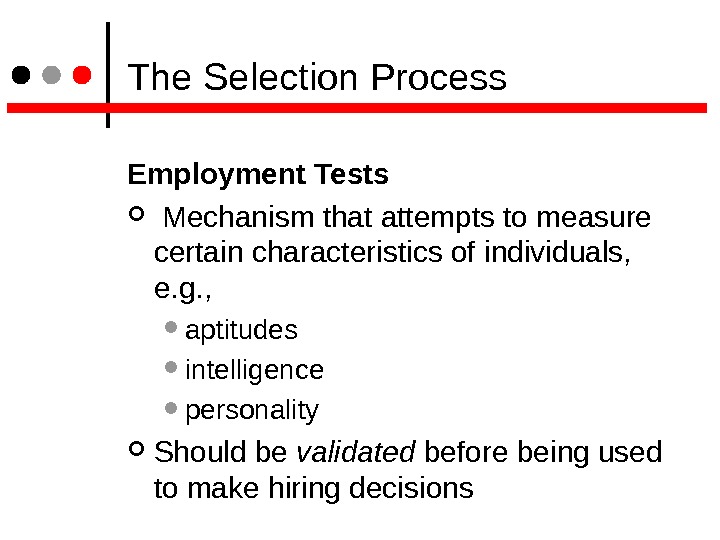
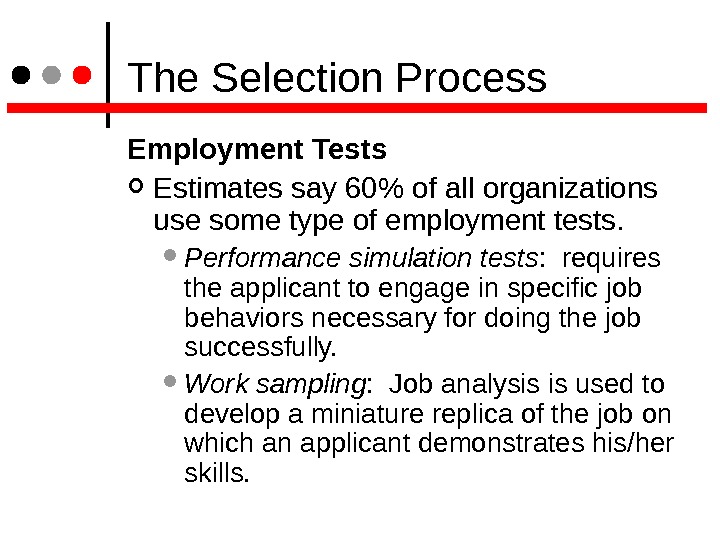
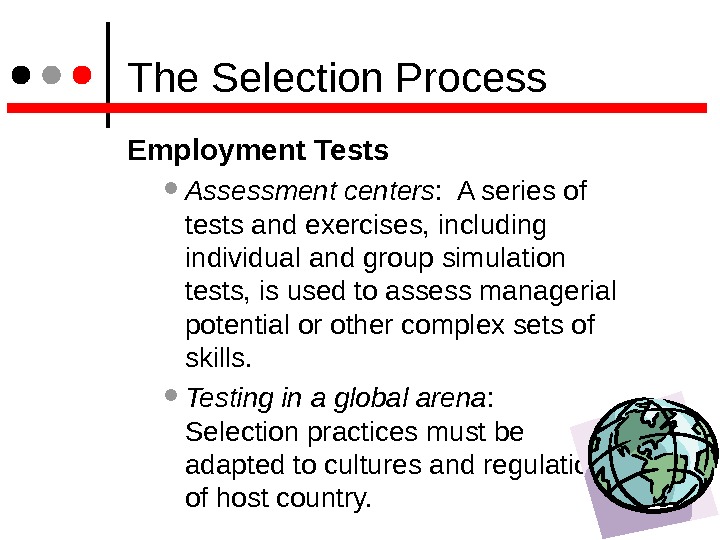
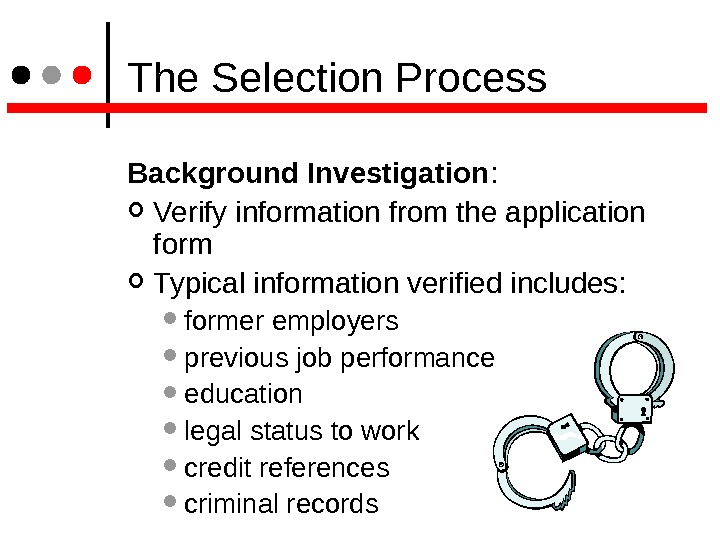
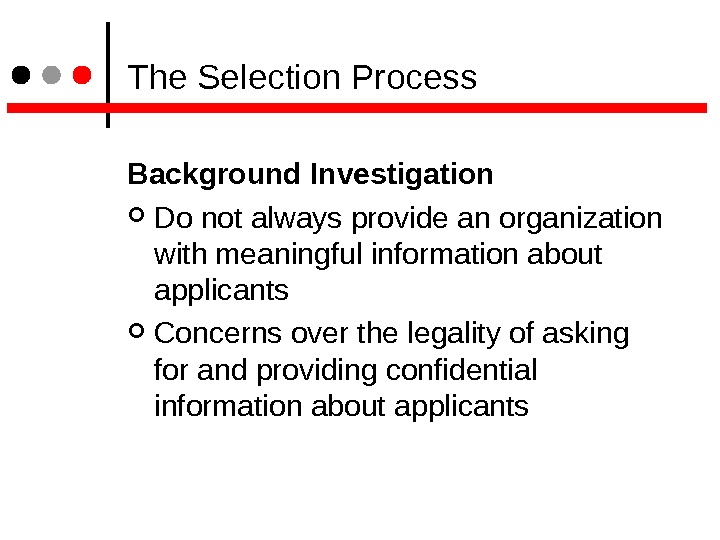
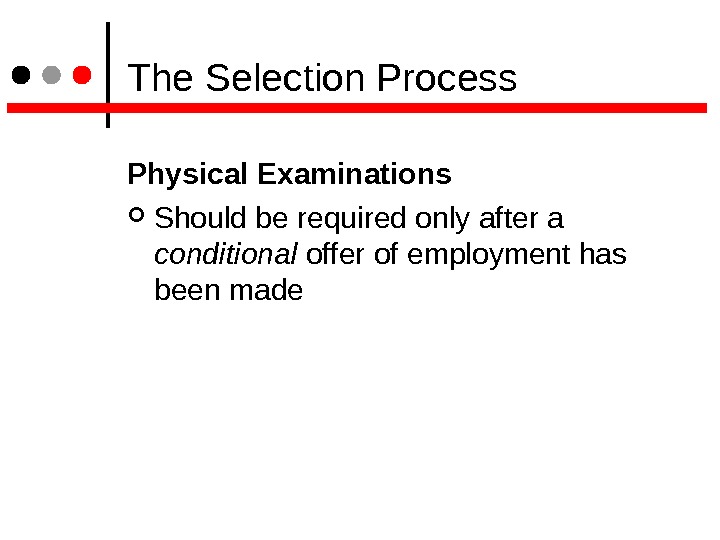

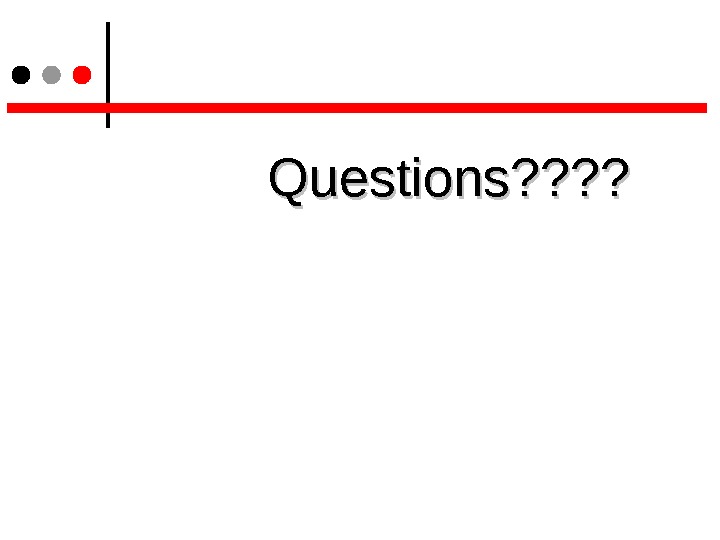
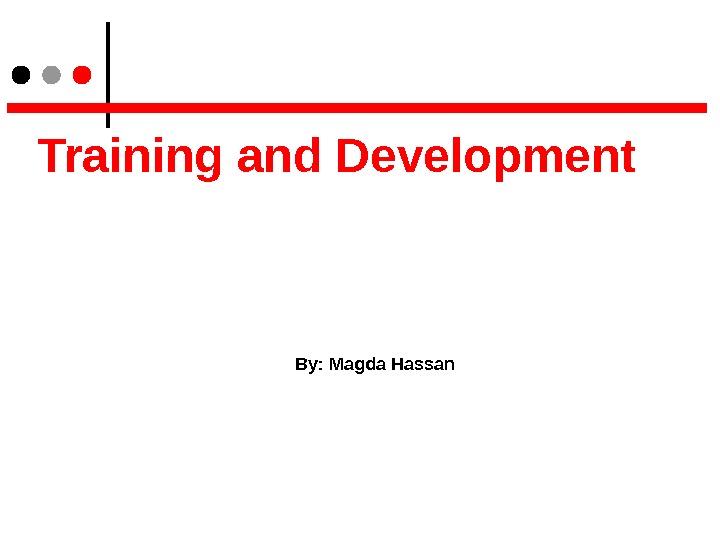
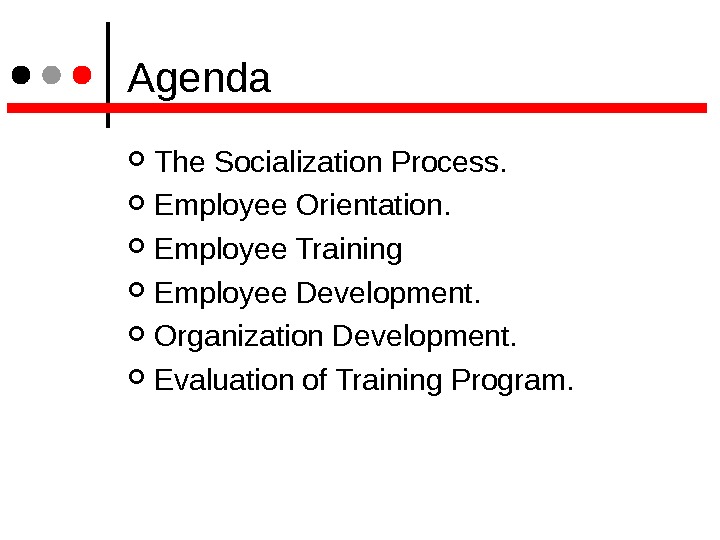
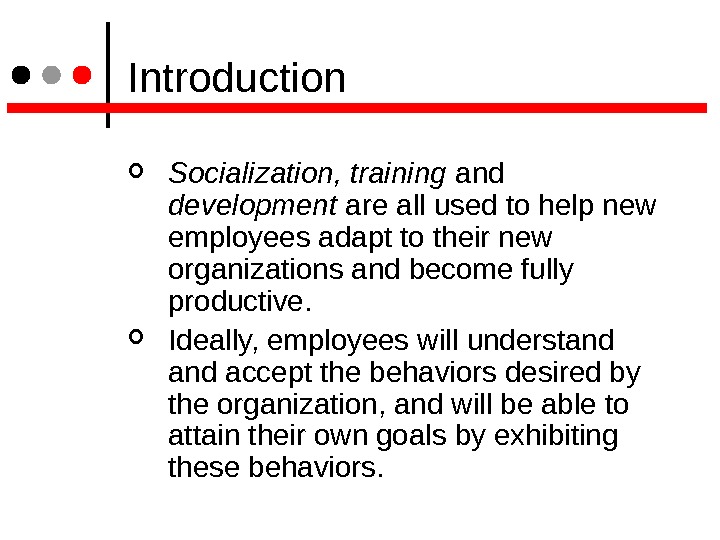
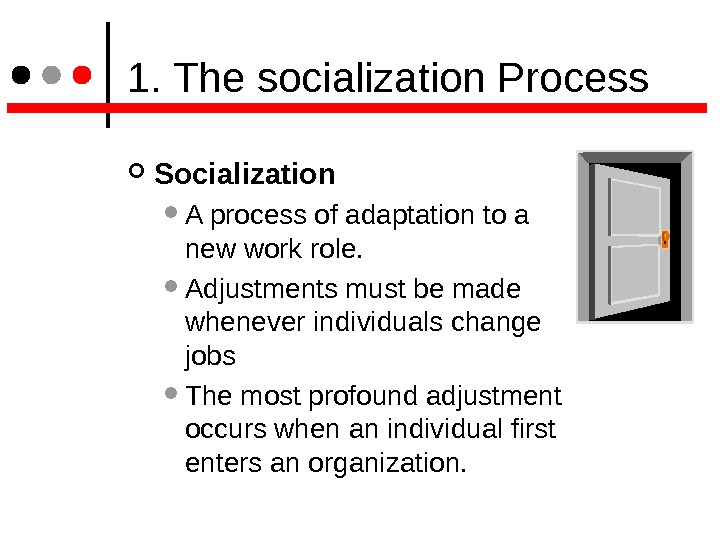
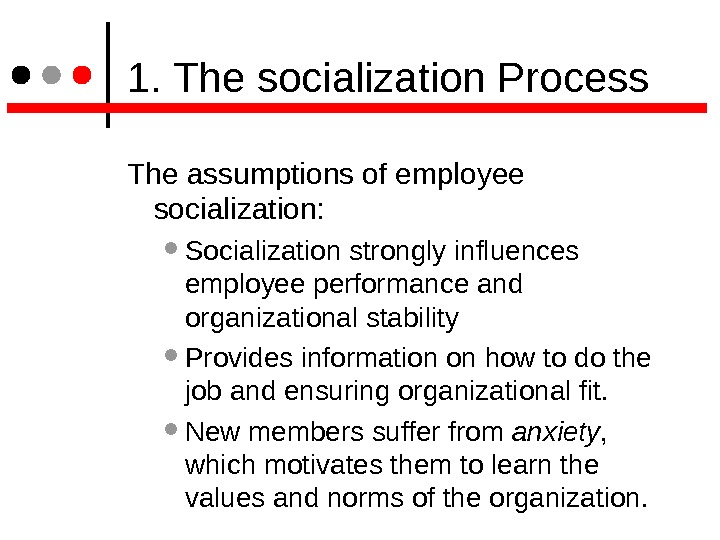
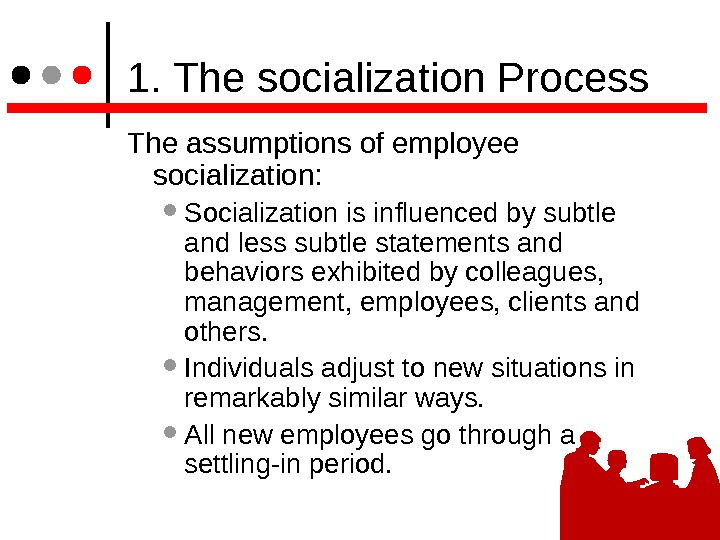
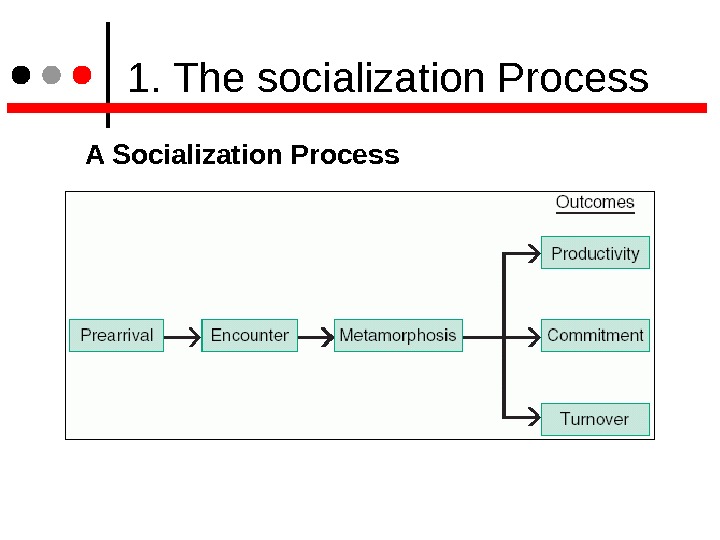
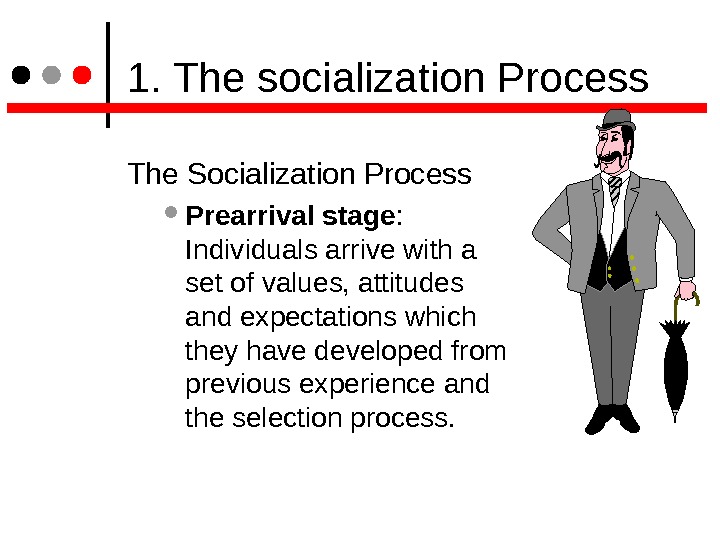
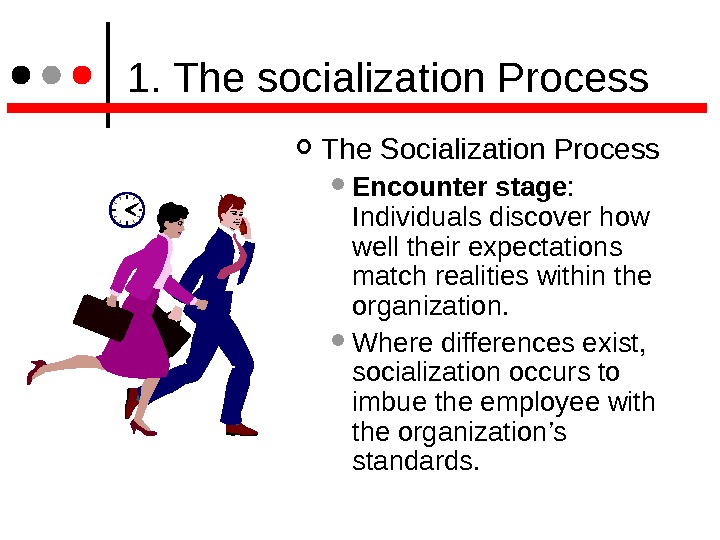
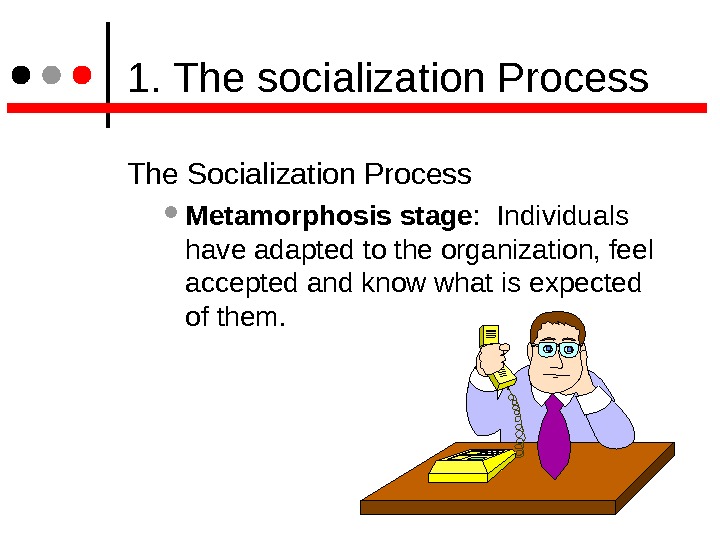
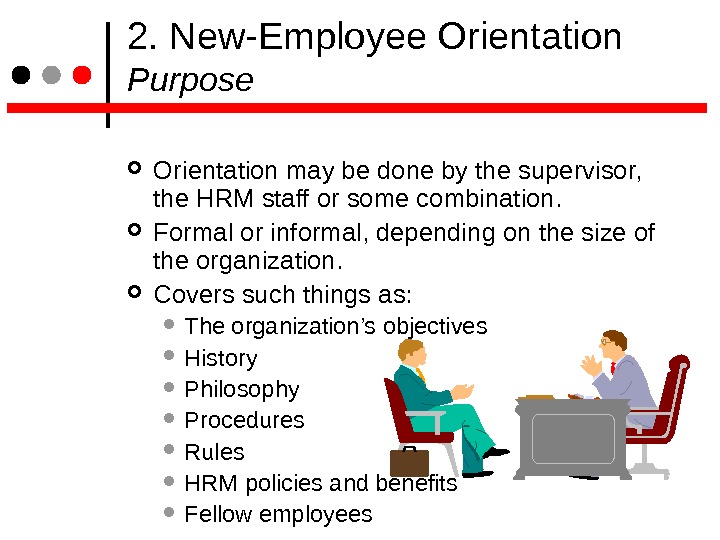
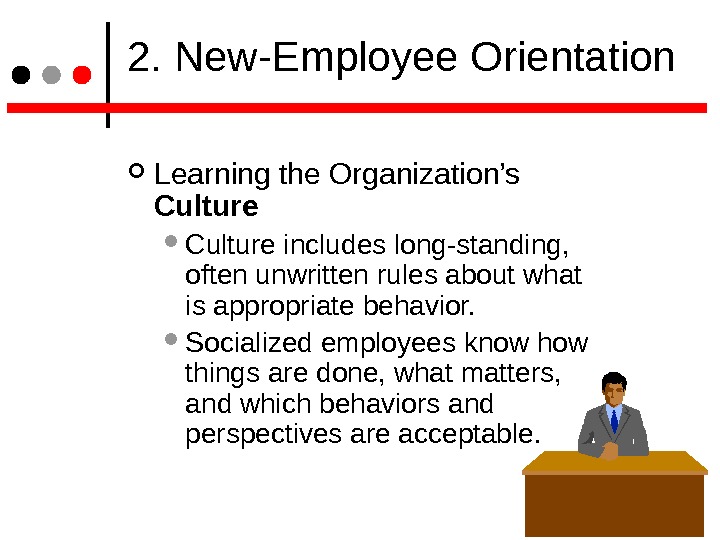
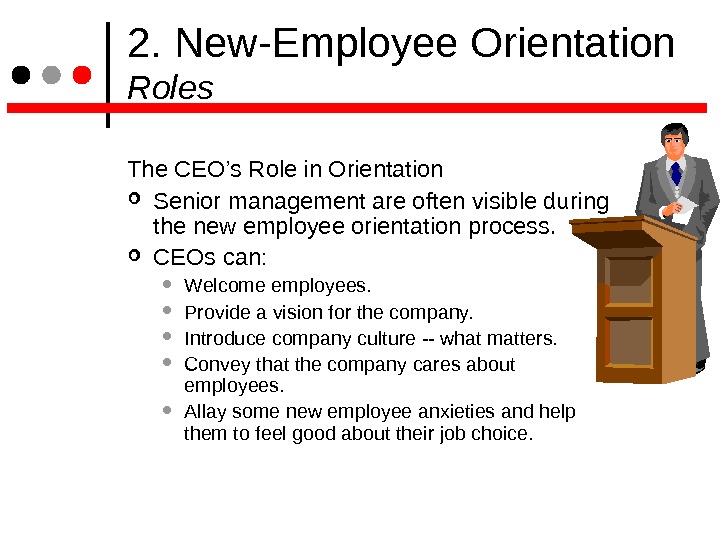

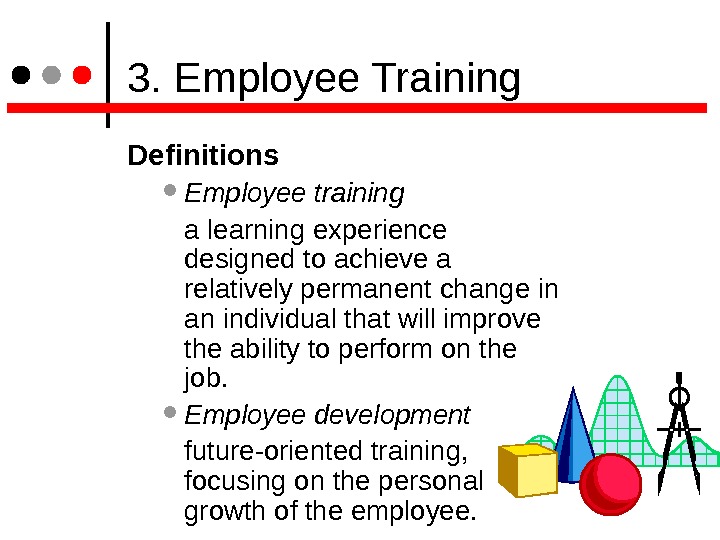
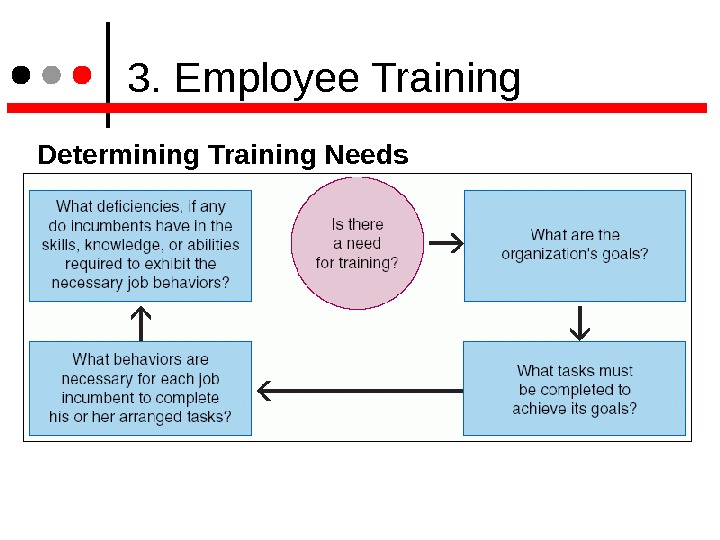
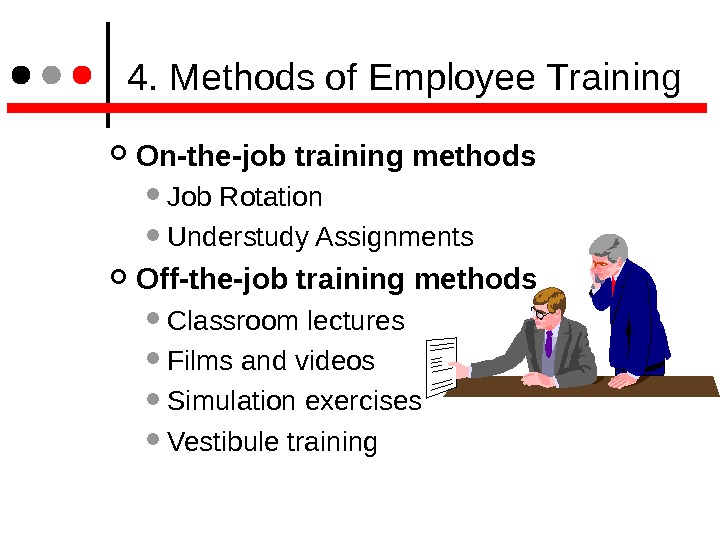
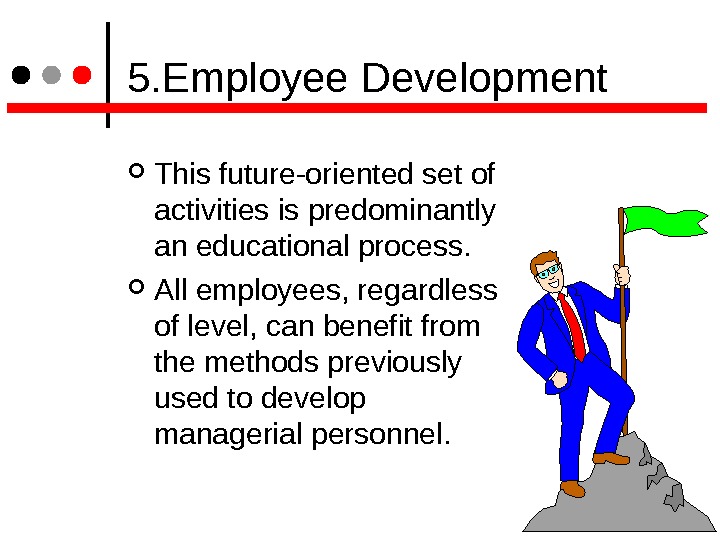

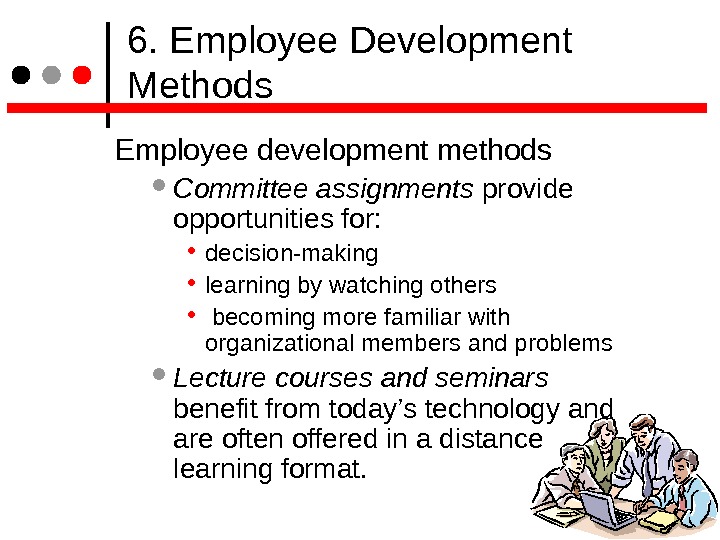
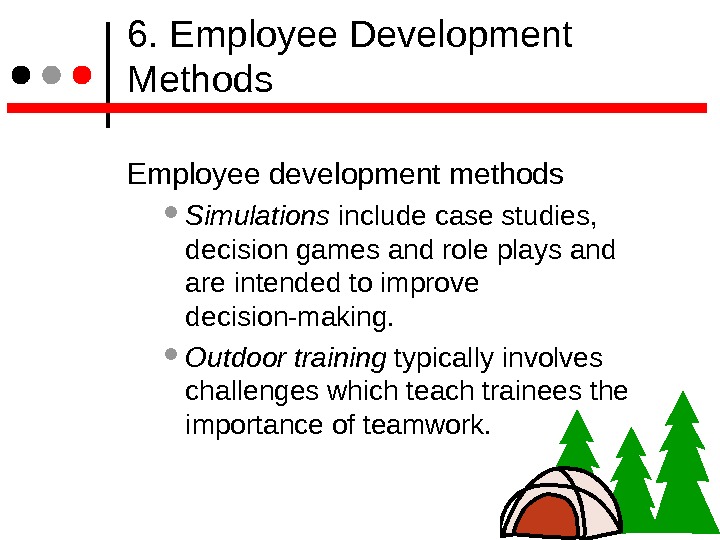
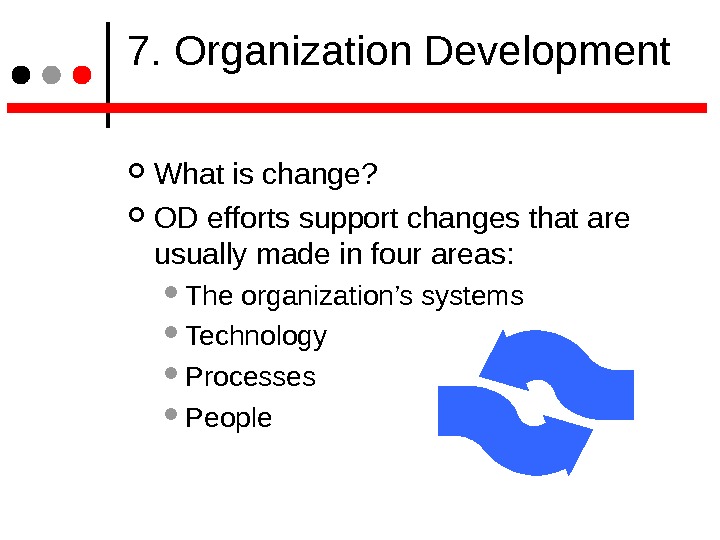
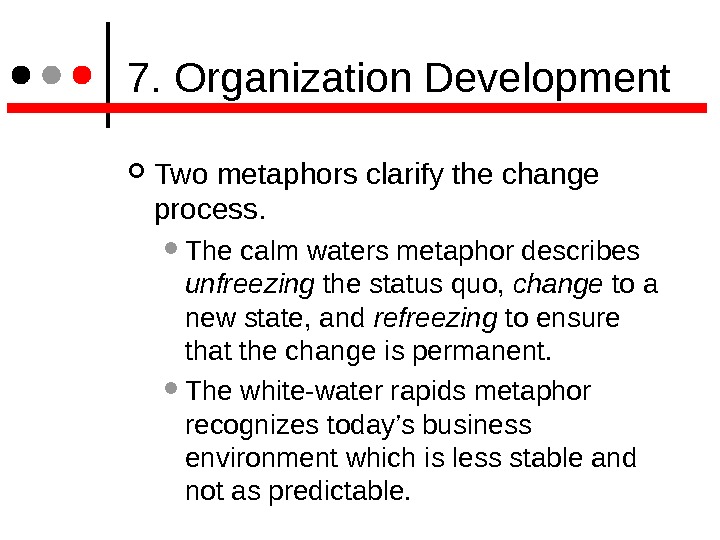
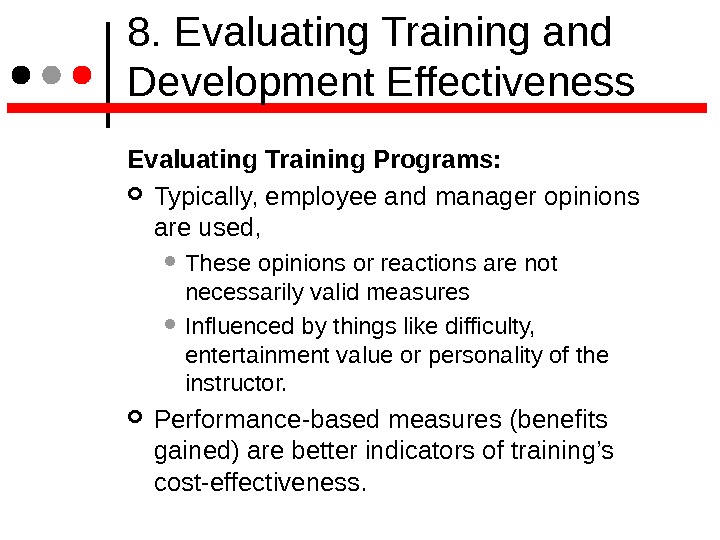
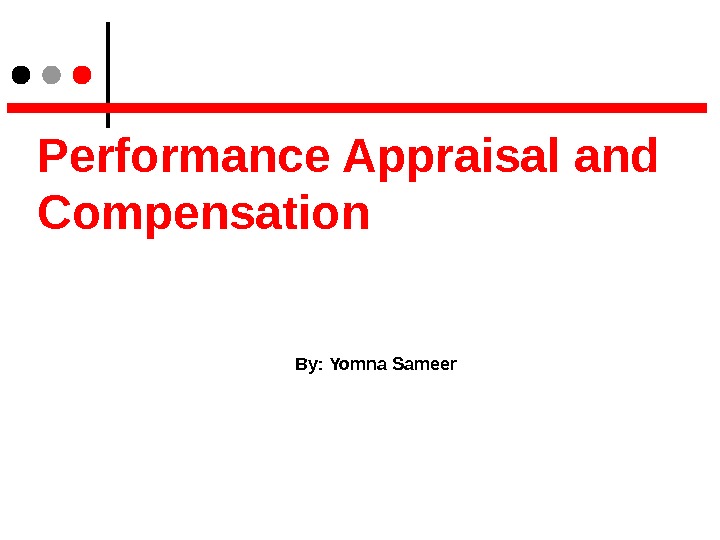
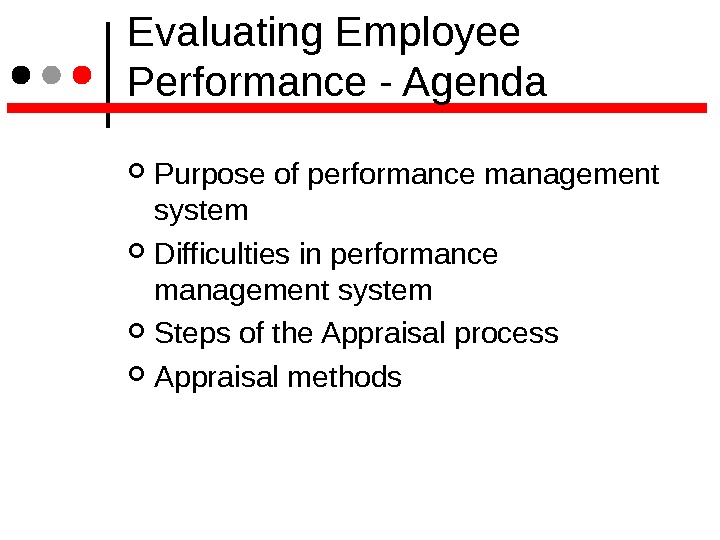

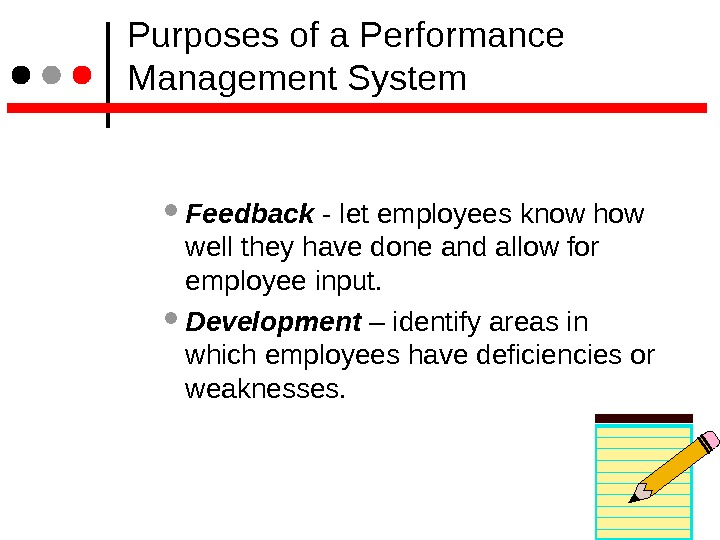
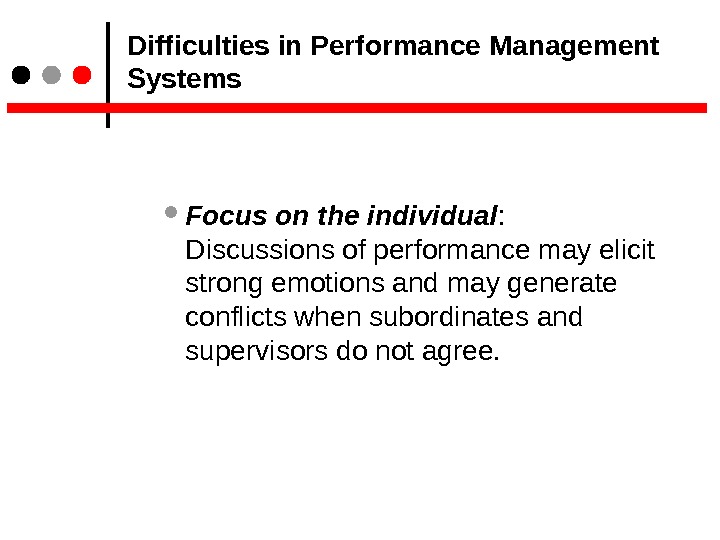
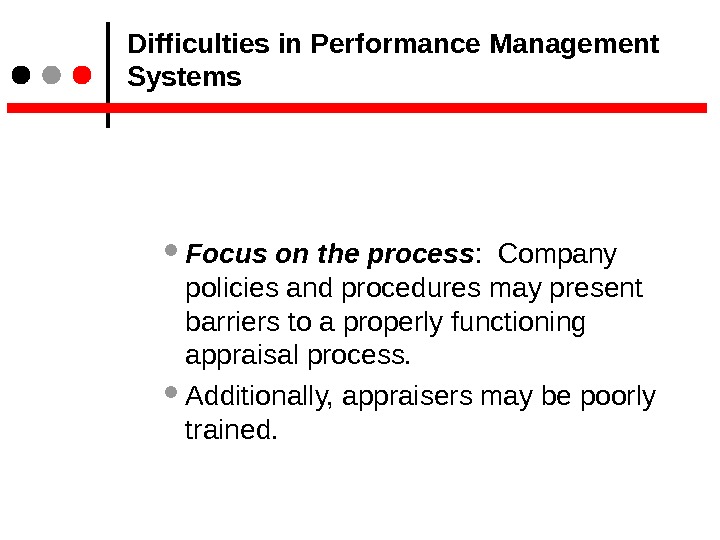
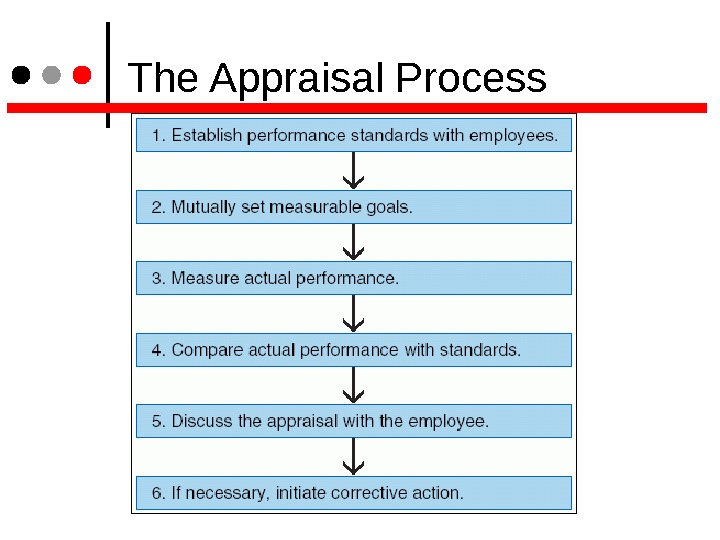
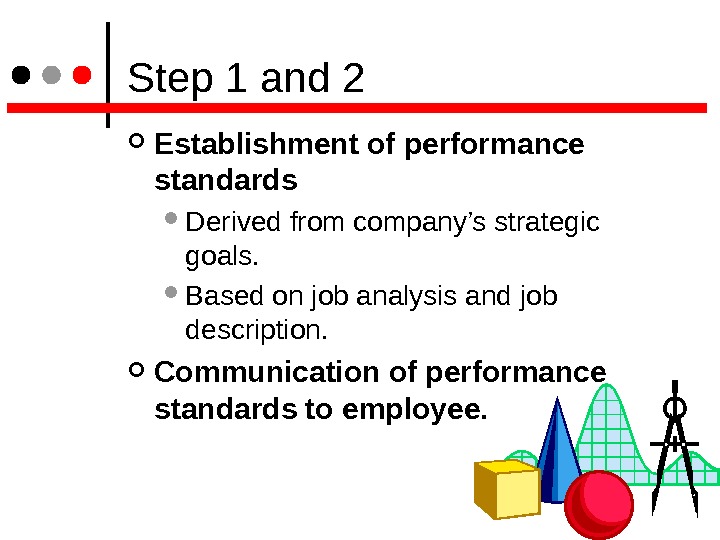
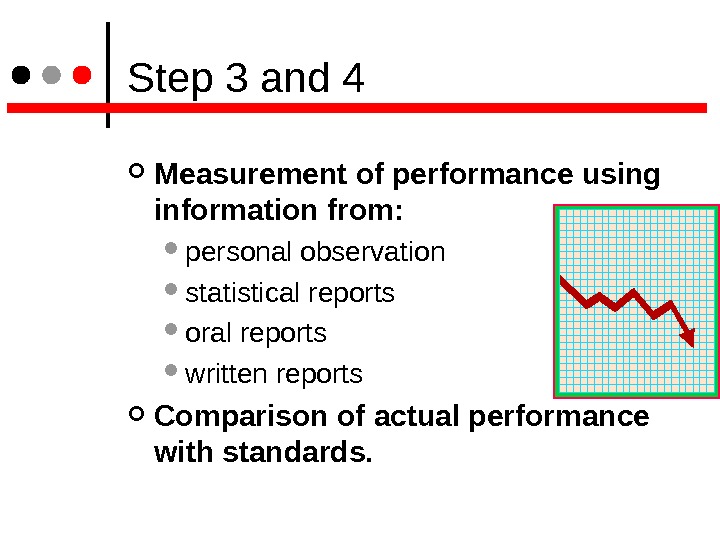
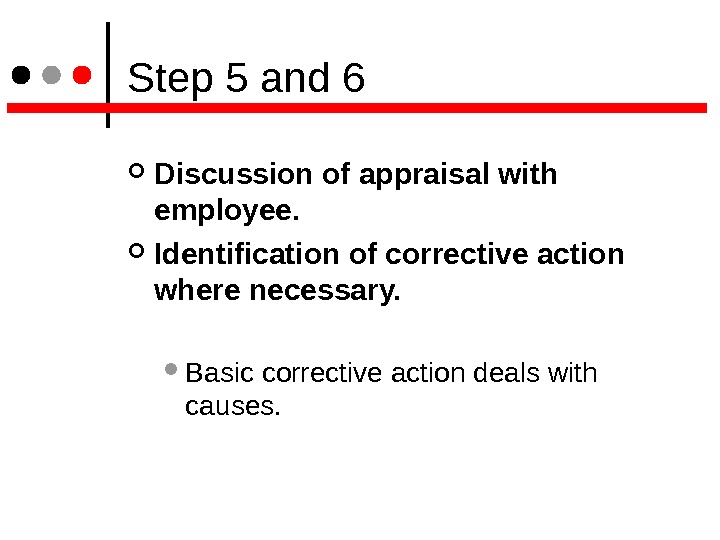
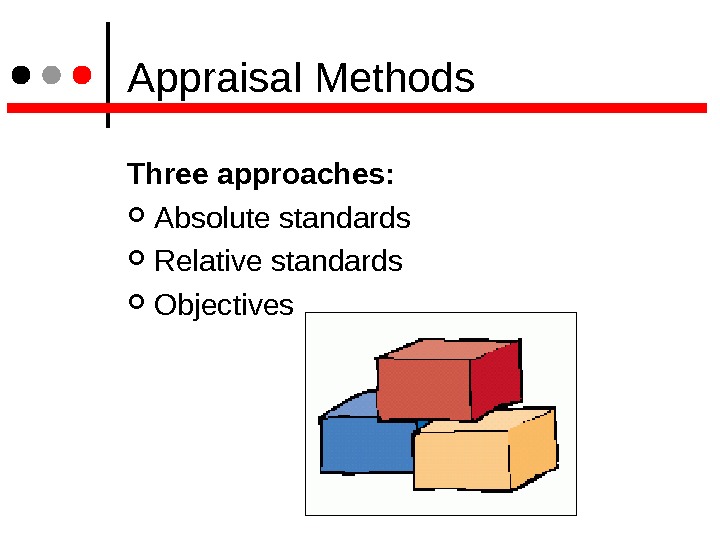
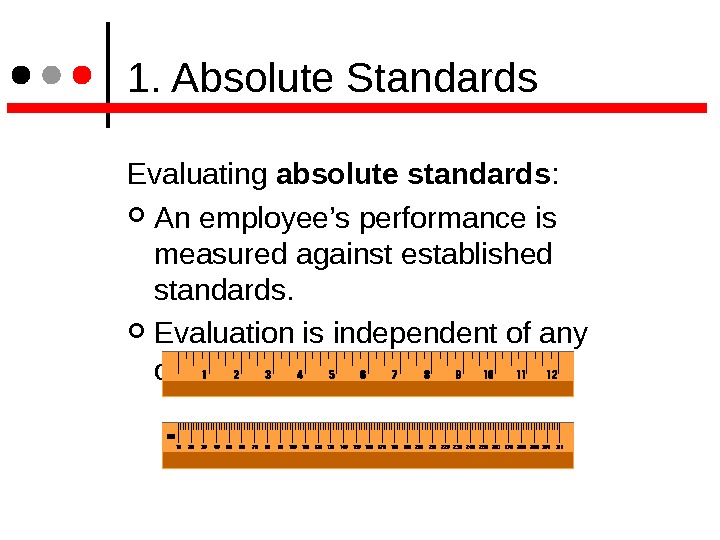
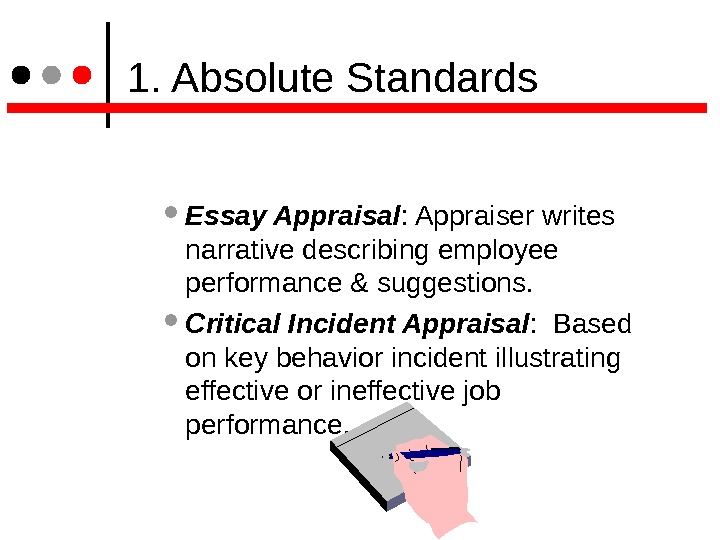
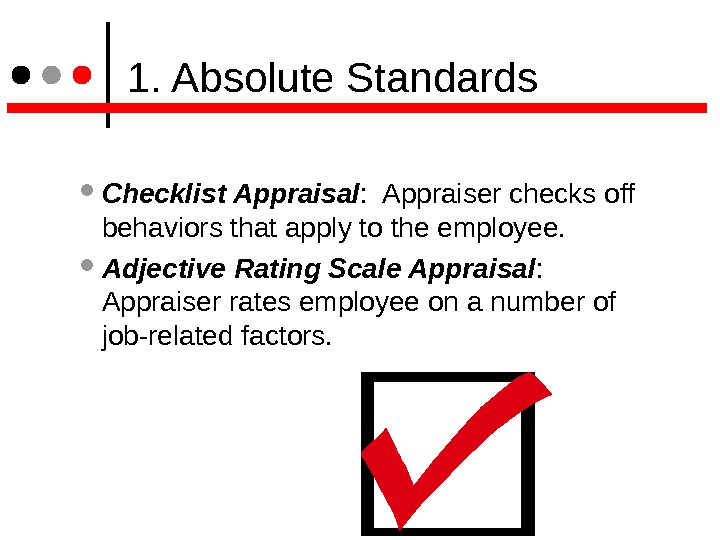
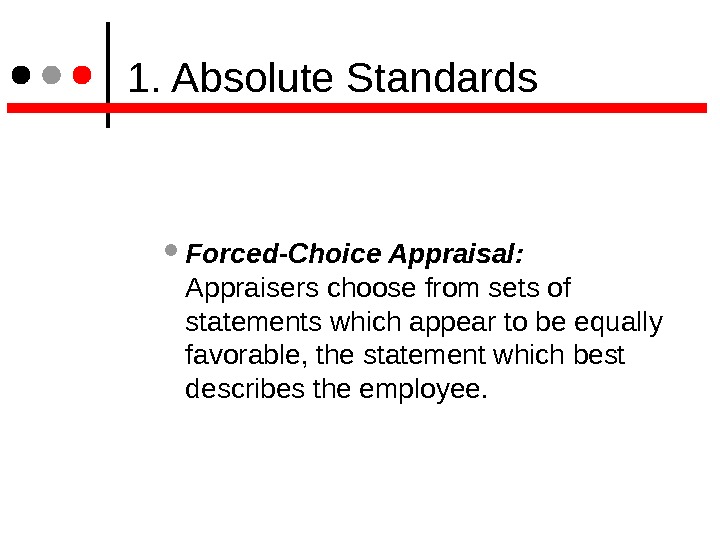
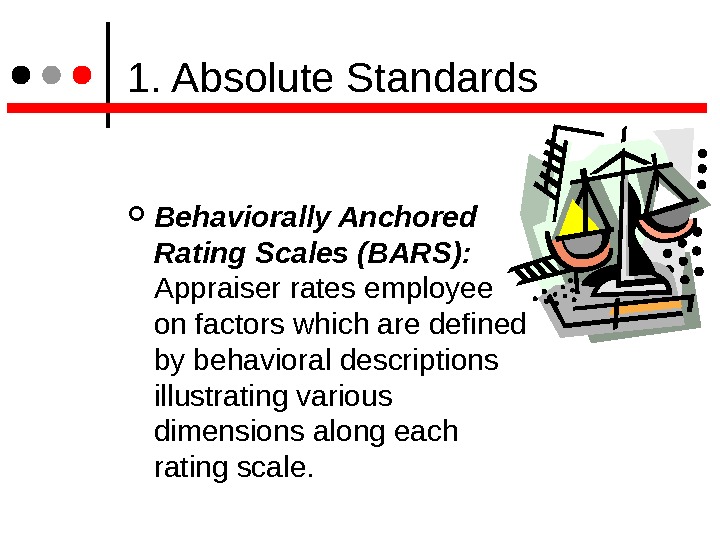

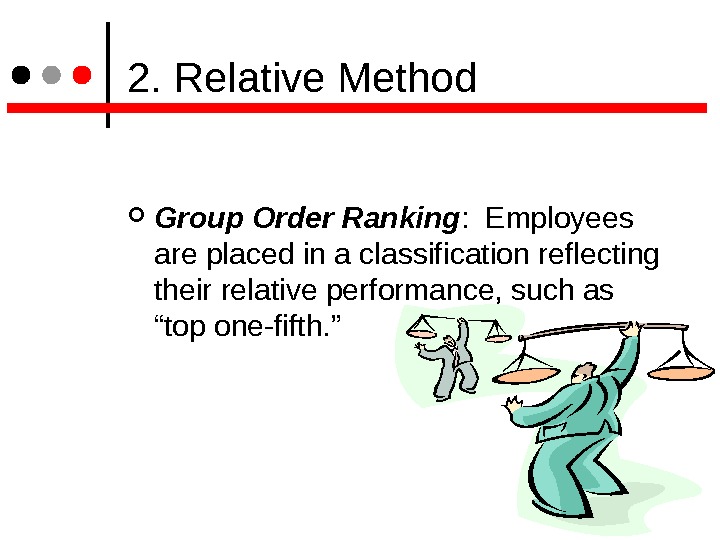
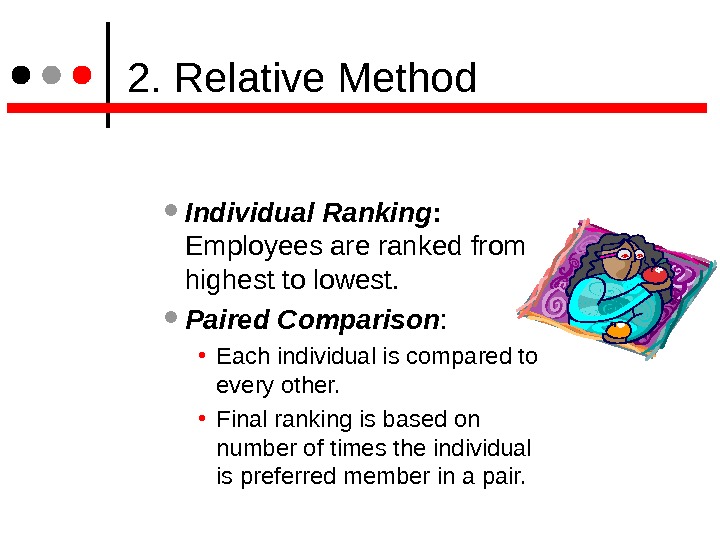
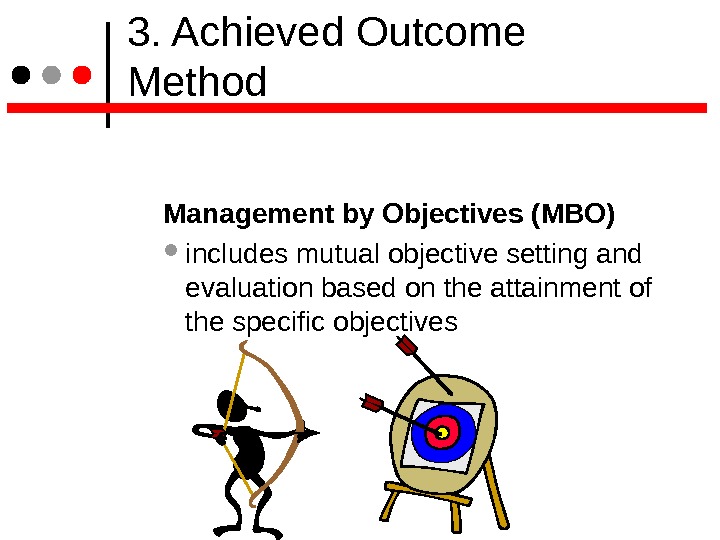
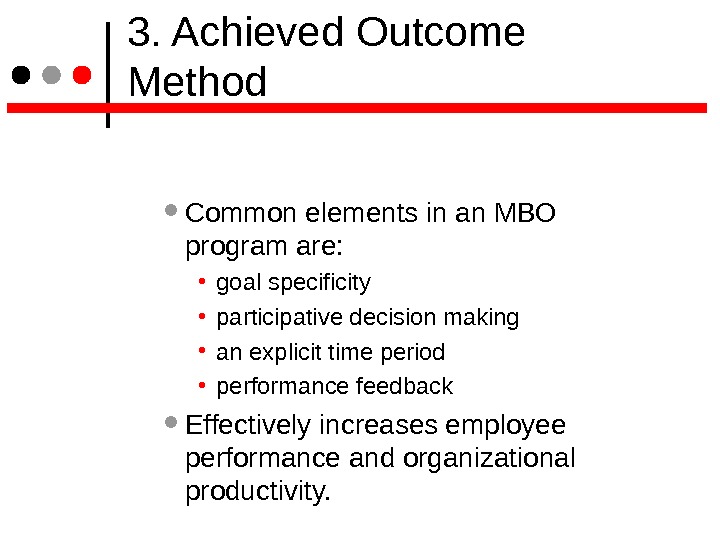
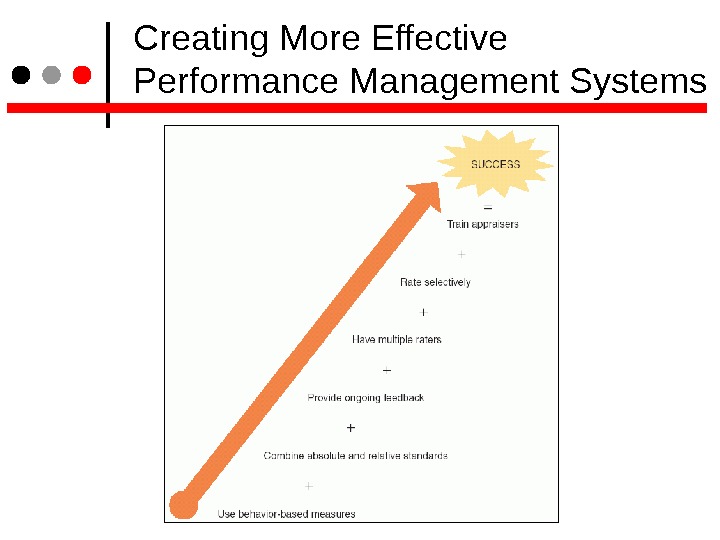
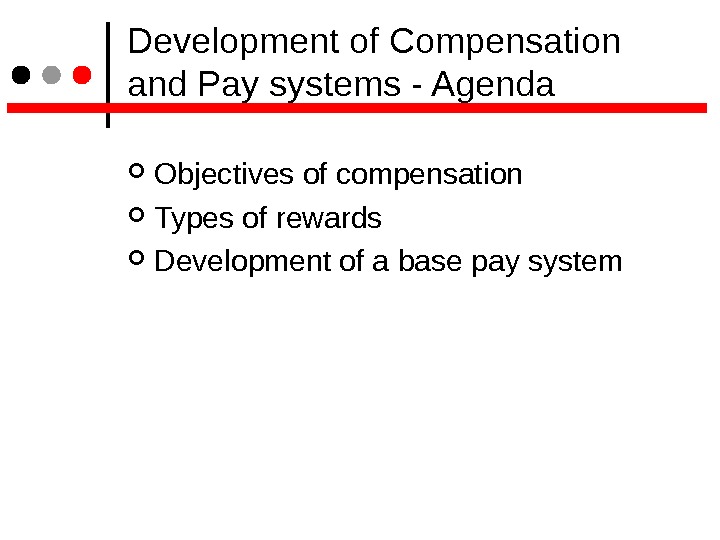
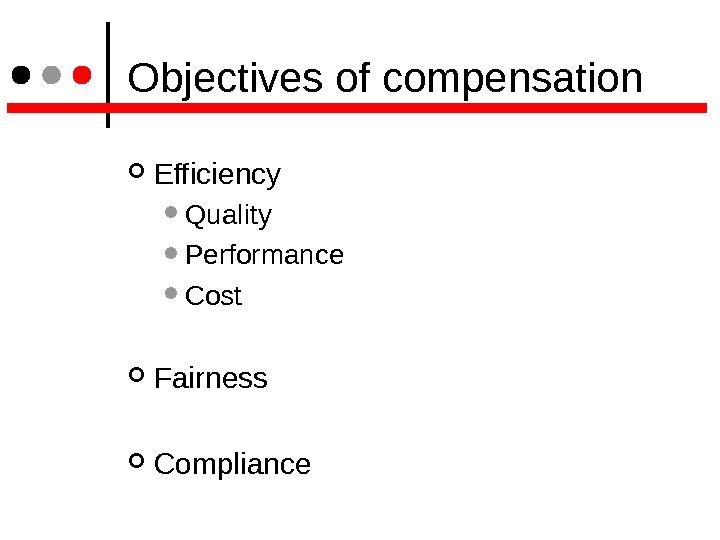
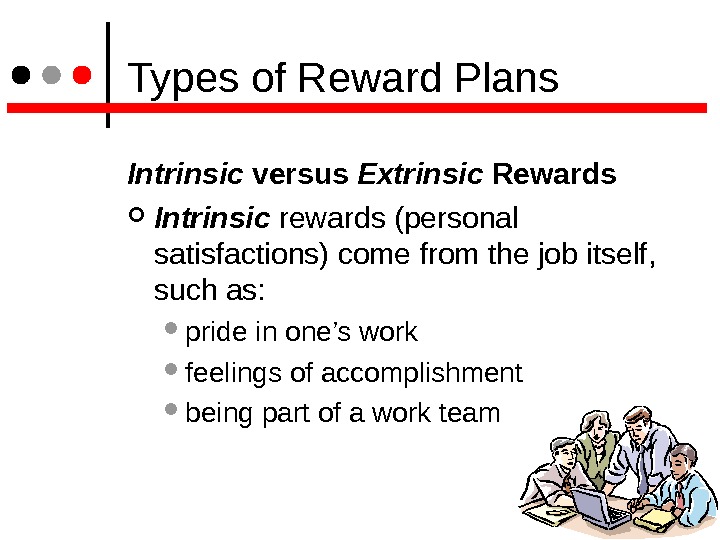
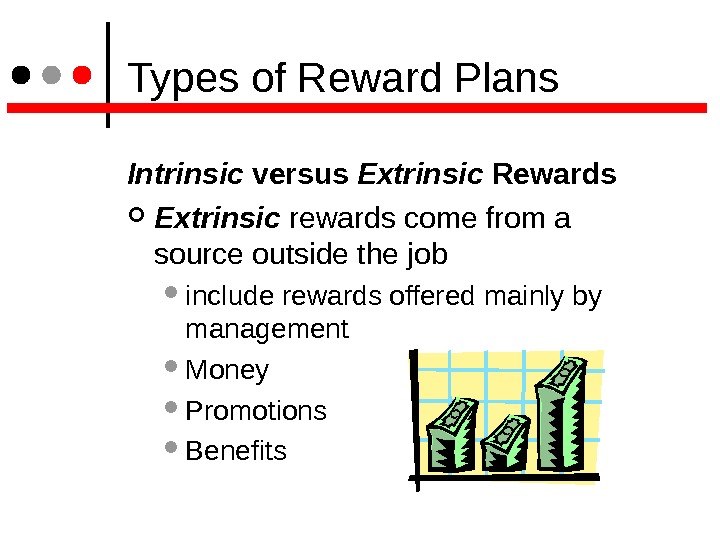
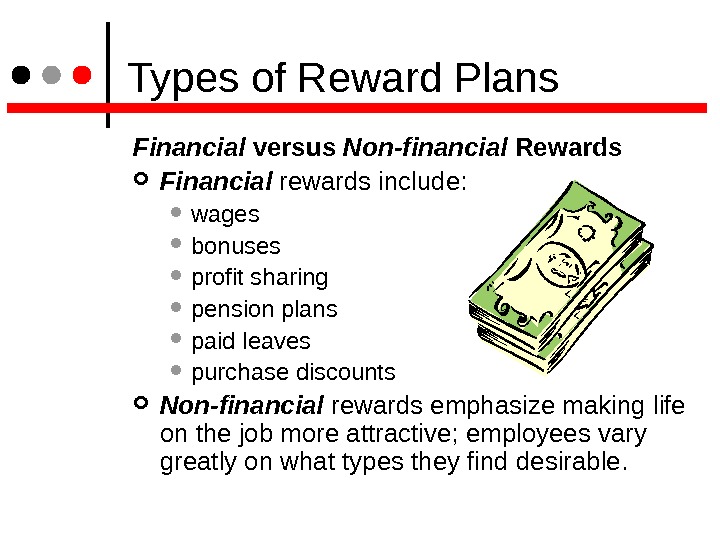

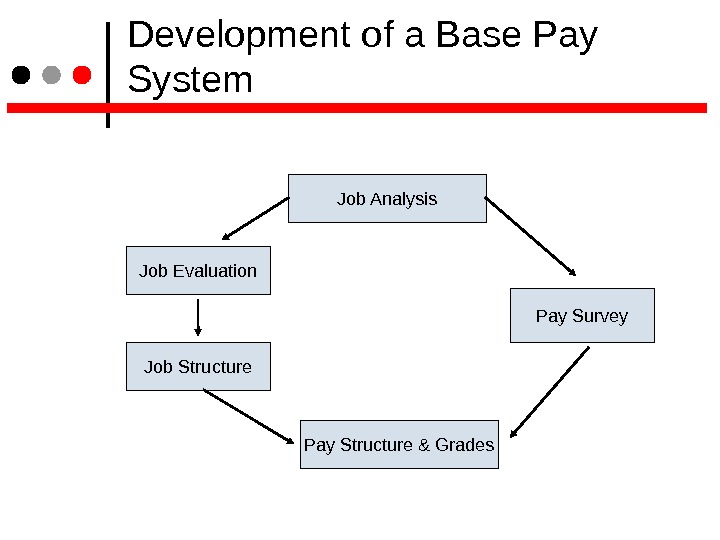
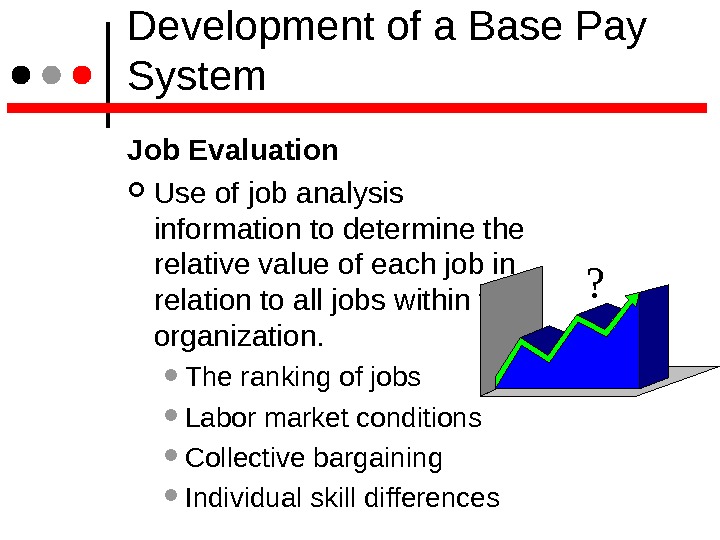
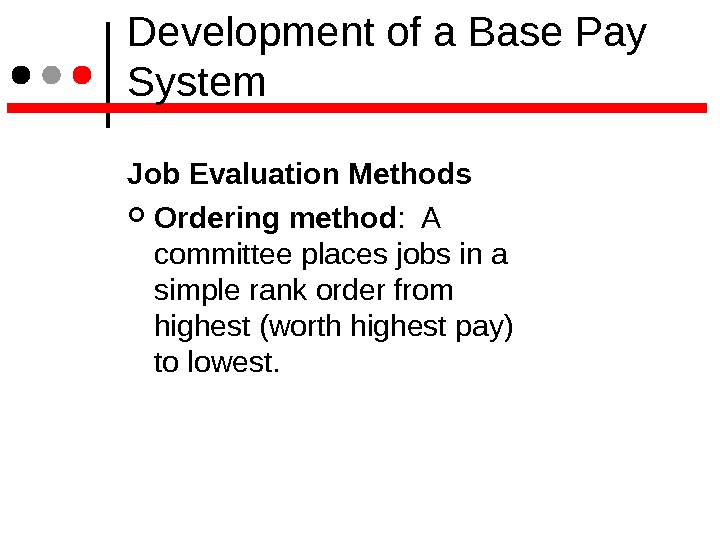

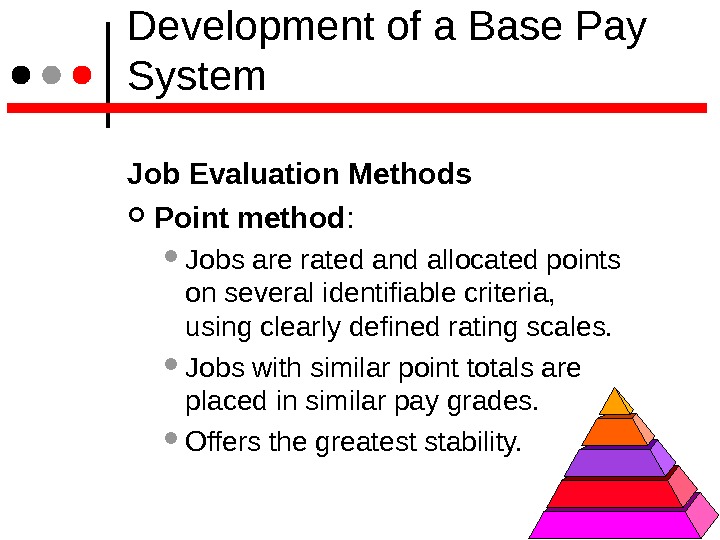
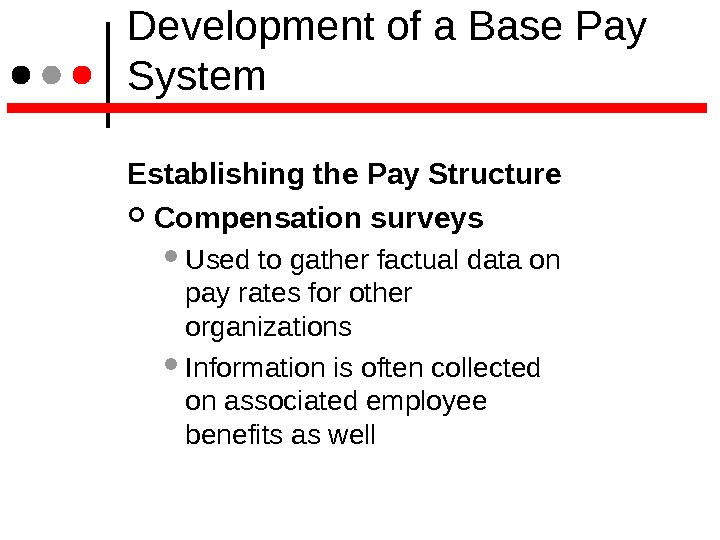
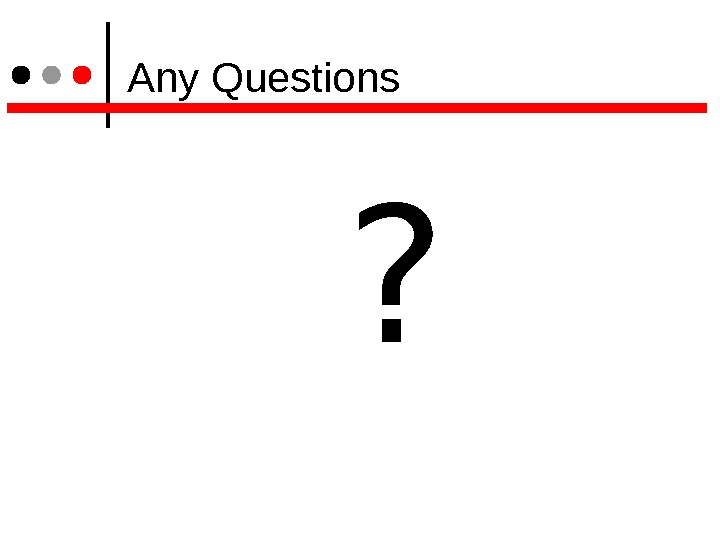
00_human_resource_management.ppt
- Размер: 973 Кб
- Количество слайдов: 144
Описание презентации Human Resource Management Fundamentals of Human Resource по слайдам
 Human Resource Management
Human Resource Management
 Fundamentals of Human Resource Management
Fundamentals of Human Resource Management
 Management Essentials Management involves setting goals and allocating scarce resources to achieve them. Management is the process of efficiently achieving the objectives of the organization with and through people.
Management Essentials Management involves setting goals and allocating scarce resources to achieve them. Management is the process of efficiently achieving the objectives of the organization with and through people.
 Management Essentials Primary Functions of Management Planning – establishing goals Organizing – determining what activities need to be done Leading – assuring the right people are on the job and motivated Controlling – monitoring activities to be sure goals are met
Management Essentials Primary Functions of Management Planning – establishing goals Organizing – determining what activities need to be done Leading – assuring the right people are on the job and motivated Controlling – monitoring activities to be sure goals are met
 Why is HRM Important to an Organization? The role of human resource managers has changed. HRM jobs today require a new level of sophistication. Employment legislation has placed new requirements on employers. Jobs have become more technical and skilled. Traditional job boundaries have become blurred with the advent of such things as project teams and telecommuting. Global competition has increased demands for productivity.
Why is HRM Important to an Organization? The role of human resource managers has changed. HRM jobs today require a new level of sophistication. Employment legislation has placed new requirements on employers. Jobs have become more technical and skilled. Traditional job boundaries have become blurred with the advent of such things as project teams and telecommuting. Global competition has increased demands for productivity.
 Why is HRM Important to an Organization? The Strategic Nature – HRM must be a strategic business partner and represent employees. forward-thinking, support the business strategy, and assist the organization in maintaining competitive advantage. concerned with the total cost of its function and for determining value added to the organization.
Why is HRM Important to an Organization? The Strategic Nature – HRM must be a strategic business partner and represent employees. forward-thinking, support the business strategy, and assist the organization in maintaining competitive advantage. concerned with the total cost of its function and for determining value added to the organization.
 Why is HRM Important to an Organization? HRM is the part of the organization concerned with the “people” dimension. HRM is both a staff, or support function that assists line employees, and a function of every manager’s job. HRM Certification Colleges and universities offer HR programs.
Why is HRM Important to an Organization? HRM is the part of the organization concerned with the “people” dimension. HRM is both a staff, or support function that assists line employees, and a function of every manager’s job. HRM Certification Colleges and universities offer HR programs.
 Why is HRM Important to an Organization? Four basic functions: Staffing Training and Development Motivation Maintenance
Why is HRM Important to an Organization? Four basic functions: Staffing Training and Development Motivation Maintenance
 How External Influences Affect HRM Strategic Environment Governmental Legislation Labor Unions Management Thought
How External Influences Affect HRM Strategic Environment Governmental Legislation Labor Unions Management Thought
 How External Influences Affect HRM Strategic Environment includes: Globalization Technology Work force diversity Changing skill requirements Continuous improvement Work process engineering Decentralized work sites Teams Employee involvement Ethics
How External Influences Affect HRM Strategic Environment includes: Globalization Technology Work force diversity Changing skill requirements Continuous improvement Work process engineering Decentralized work sites Teams Employee involvement Ethics
 How External Influences Affect HRM Governmental Legislation Laws supporting employer and employee actions Labor Unions Act on behalf of their members by negotiating contracts with management Exist to assist workers Constrain managers Affect non unionized workforce
How External Influences Affect HRM Governmental Legislation Laws supporting employer and employee actions Labor Unions Act on behalf of their members by negotiating contracts with management Exist to assist workers Constrain managers Affect non unionized workforce
 How External Influences Affect HRM Management Thought Management principles, such as those from scientific management or based on the Hawthorne studies influence the practice of HRM. More recently, continuous improvement programs have had a significant influence on HRM activities.
How External Influences Affect HRM Management Thought Management principles, such as those from scientific management or based on the Hawthorne studies influence the practice of HRM. More recently, continuous improvement programs have had a significant influence on HRM activities.
 Staffing Function Activities Employment planning ensures that staffing will contribute to the organization’s mission and strategy Job analysis determining the specific skills, knowledge and abilities needed to be successful in a particular job defining the essential functions of the job
Staffing Function Activities Employment planning ensures that staffing will contribute to the organization’s mission and strategy Job analysis determining the specific skills, knowledge and abilities needed to be successful in a particular job defining the essential functions of the job
 Staffing Function Activities Recruitment the process of attracting a pool of qualified applicants that is representative of all groups in the labor market Selection the process of assessing who will be successful on the job, and the communication of information to assist job candidates in their decision to accept an offer
Staffing Function Activities Recruitment the process of attracting a pool of qualified applicants that is representative of all groups in the labor market Selection the process of assessing who will be successful on the job, and the communication of information to assist job candidates in their decision to accept an offer
 Goals of the Training and Development Function Activities in HRM concerned with assisting employees to develop up-to-date skills, knowledge, and abilities Orientation and socialization help employees to adapt Four phases of training and development Employee training Employee development Organization development Career development
Goals of the Training and Development Function Activities in HRM concerned with assisting employees to develop up-to-date skills, knowledge, and abilities Orientation and socialization help employees to adapt Four phases of training and development Employee training Employee development Organization development Career development
 The Motivation Function Activities in HRM concerned with helping employees exert at high energy levels. Implications are: Individual Managerial Organizational Function of two factors: Ability Willingness Respect
The Motivation Function Activities in HRM concerned with helping employees exert at high energy levels. Implications are: Individual Managerial Organizational Function of two factors: Ability Willingness Respect
 The Motivation Function Managing motivation includes: Job design Setting performance standards Establishing effective compensation and benefits programs Understanding motivational theories
The Motivation Function Managing motivation includes: Job design Setting performance standards Establishing effective compensation and benefits programs Understanding motivational theories
 The Motivation Function Classic Motivation Theories Hierarchy of Needs –Maslow Theory X – Theory Y –Mc. Gregor Motivation – Hygiene – Herzberg Achievement, Affiliation, and Power Motives – Mc. Clelland Equity Theory – Adams Expectancy Theory — Vroom
The Motivation Function Classic Motivation Theories Hierarchy of Needs –Maslow Theory X – Theory Y –Mc. Gregor Motivation – Hygiene – Herzberg Achievement, Affiliation, and Power Motives – Mc. Clelland Equity Theory – Adams Expectancy Theory — Vroom
 How Important is the Maintenance Function? Activities in HRM concerned with maintaining employees’ commitment and loyalty to the organization. Health Safety Communications Employee assistance programs Effective communications programs provide for 2 -way communication to ensure that employees are well informed and that their voices are heard.
How Important is the Maintenance Function? Activities in HRM concerned with maintaining employees’ commitment and loyalty to the organization. Health Safety Communications Employee assistance programs Effective communications programs provide for 2 -way communication to ensure that employees are well informed and that their voices are heard.
 Translating HRM Functions into Practice Four Functions: Employment Training and development Compensation/benefits Employee relations
Translating HRM Functions into Practice Four Functions: Employment Training and development Compensation/benefits Employee relations
 HRM in an Entrepreneurial Enterprise General managers may perform HRM functions, HRM activities may be outsourced, or a single generalist may handle all the HRM functions. Benefits include freedom from many government regulations an absence of bureaucracy an opportunity to share in the success of the business
HRM in an Entrepreneurial Enterprise General managers may perform HRM functions, HRM activities may be outsourced, or a single generalist may handle all the HRM functions. Benefits include freedom from many government regulations an absence of bureaucracy an opportunity to share in the success of the business
 HRM in a Global Village HRM functions are more complex when employees are located around the world. Consideration must be given to such things as foreign language training, relocation and orientation processes, etc. HRM also involves considering the needs of employees’ families when they are sent overseas.
HRM in a Global Village HRM functions are more complex when employees are located around the world. Consideration must be given to such things as foreign language training, relocation and orientation processes, etc. HRM also involves considering the needs of employees’ families when they are sent overseas.
 HR and Corporate Ethics HRM must: Make sure employees know about corporate ethics policies Train employees and supervisors on how to act ethically
HR and Corporate Ethics HRM must: Make sure employees know about corporate ethics policies Train employees and supervisors on how to act ethically
 Human Resource Planning and Job Analysis
Human Resource Planning and Job Analysis
 Introduction Human resource planning is a process by which an organization ensures that it has the right number and kinds of people at the right place at the right time capable of effectively and efficiently completing those tasks that will help the organization achieve its overall strategic objectives.
Introduction Human resource planning is a process by which an organization ensures that it has the right number and kinds of people at the right place at the right time capable of effectively and efficiently completing those tasks that will help the organization achieve its overall strategic objectives.
 Introduction Linked to the organization’s overall strategy and planning to compete domestically and globally. Overall plans and objectives must be translated into the number and types of workers needed. Senior HRM staff need to lead top management in planning for HRM issues.
Introduction Linked to the organization’s overall strategy and planning to compete domestically and globally. Overall plans and objectives must be translated into the number and types of workers needed. Senior HRM staff need to lead top management in planning for HRM issues.
 An Organizational Framework
An Organizational Framework
 Linking Organizational Strategy to Human Resource Planning Ensures that people are available to meet the requirements set during strategic planning. Assessing current human resources A human resources inventory report summarizes information on current workers and their skills. Human Resource Information Systems HRIS are increasingly popular computerized databases that contain important information about employees.
Linking Organizational Strategy to Human Resource Planning Ensures that people are available to meet the requirements set during strategic planning. Assessing current human resources A human resources inventory report summarizes information on current workers and their skills. Human Resource Information Systems HRIS are increasingly popular computerized databases that contain important information about employees.
 Linking Organizational Strategy to Human Resource Planning Assessing current human resources Succession planning • includes the development of replacement charts • portray middle-to-upper level management positions that may become vacant in the near future • lists information about individuals who might qualify to fill the positions
Linking Organizational Strategy to Human Resource Planning Assessing current human resources Succession planning • includes the development of replacement charts • portray middle-to-upper level management positions that may become vacant in the near future • lists information about individuals who might qualify to fill the positions
 Linking Organizational Strategy to Human Resource Planning Determining the Demand for Labor A human resource inventory can be developed to project year-by-year estimates of future HRM needs for every significant job level and type. Forecasts must be made of the need for specific knowledge, skills and abilities. ?
Linking Organizational Strategy to Human Resource Planning Determining the Demand for Labor A human resource inventory can be developed to project year-by-year estimates of future HRM needs for every significant job level and type. Forecasts must be made of the need for specific knowledge, skills and abilities. ?
 Linking Organizational Strategy to Human Resource Planning Predicting the Future Labor Supply A unit’s supply of human resources comes from: • new hires • contingent workers • transfers-in • individuals returning from leaves Predicting these can range from simple to complex.
Linking Organizational Strategy to Human Resource Planning Predicting the Future Labor Supply A unit’s supply of human resources comes from: • new hires • contingent workers • transfers-in • individuals returning from leaves Predicting these can range from simple to complex.
 Linking Organizational Strategy to Human Resource Planning Predicting the Future Labor Supply Decreases in internal supply come about through: • Retirements • Dismissals • Transfers-out • Lay-offs • Voluntary quits • Sabbaticals • Prolonged illnesses • Deaths
Linking Organizational Strategy to Human Resource Planning Predicting the Future Labor Supply Decreases in internal supply come about through: • Retirements • Dismissals • Transfers-out • Lay-offs • Voluntary quits • Sabbaticals • Prolonged illnesses • Deaths
 Linking Organizational Strategy to Human Resource Planning Where Will We Find Workers migration into a community recent graduates individuals returning from military service increases in the number of unemployed and employed individuals seeking other opportunities, either part-time or full-time The potential labor supply can be expanded by formal or on-the-job training.
Linking Organizational Strategy to Human Resource Planning Where Will We Find Workers migration into a community recent graduates individuals returning from military service increases in the number of unemployed and employed individuals seeking other opportunities, either part-time or full-time The potential labor supply can be expanded by formal or on-the-job training.
 Linking Organizational Strategy to Human Resource Planning Matching Labor Demand Supply Employment planning compares forecasts for demand supply of workers. Special attention should be paid to current and future shortages and overstaffing. Recruitment or downsizing may be used to reduce supply and balance demand. Rightsizing involves linking staffing levels to organizational goals.
Linking Organizational Strategy to Human Resource Planning Matching Labor Demand Supply Employment planning compares forecasts for demand supply of workers. Special attention should be paid to current and future shortages and overstaffing. Recruitment or downsizing may be used to reduce supply and balance demand. Rightsizing involves linking staffing levels to organizational goals.
 Linking Organizational Strategy to Human Resource Planning Employment Planning and the Strategic Planning Process
Linking Organizational Strategy to Human Resource Planning Employment Planning and the Strategic Planning Process
 Job Analysis is a systematic exploration of the activities within a job. It defines and documents the duties, responsibilities and accountabilities of a job and the conditions under which a job is performed. ?
Job Analysis is a systematic exploration of the activities within a job. It defines and documents the duties, responsibilities and accountabilities of a job and the conditions under which a job is performed. ?
 Job Analysis Methods Observation method – job analyst watches employees directly or reviews film of workers on the job. Individual interview method – a team of job incumbents is selected and extensively interviewed. Group interview method – a number of job incumbents are interviewed simultaneously.
Job Analysis Methods Observation method – job analyst watches employees directly or reviews film of workers on the job. Individual interview method – a team of job incumbents is selected and extensively interviewed. Group interview method – a number of job incumbents are interviewed simultaneously.
 Job Analysis Methods Structured questionnaire method – workers complete a specifically designed questionnaire. Technical conference method – uses supervisors with an extensive knowledge of the job. Diary method – job incumbents record their daily activities. The best results are usually achieved with some combination of methods.
Job Analysis Methods Structured questionnaire method – workers complete a specifically designed questionnaire. Technical conference method – uses supervisors with an extensive knowledge of the job. Diary method – job incumbents record their daily activities. The best results are usually achieved with some combination of methods.
 Job Analysis Structured Job Analysis Techniques Department of Labor’s Job Analysis Process: • Information from observations and interviews is used to classify jobs by their involvement with data, people and things. • Information on thousands of titles available on O*Net On. Line which is the Department of Labor’s replacement for the Dictionary of Occupational Titles.
Job Analysis Structured Job Analysis Techniques Department of Labor’s Job Analysis Process: • Information from observations and interviews is used to classify jobs by their involvement with data, people and things. • Information on thousands of titles available on O*Net On. Line which is the Department of Labor’s replacement for the Dictionary of Occupational Titles.
 Job Analysis Position Analysis Questionnaire (PAQ)(developed at Purdue University) Jobs are rated on 194 elements, grouped in six major divisions and 28 sections. The elements represent requirements that are applicable to all types of jobs. This type of quantitative questionnaire allows many different jobs to be compared with each other, however, it appears to be more applicable to higher-level professional jobs.
Job Analysis Position Analysis Questionnaire (PAQ)(developed at Purdue University) Jobs are rated on 194 elements, grouped in six major divisions and 28 sections. The elements represent requirements that are applicable to all types of jobs. This type of quantitative questionnaire allows many different jobs to be compared with each other, however, it appears to be more applicable to higher-level professional jobs.
 Job Analysis Job Descriptions Written statement of what jobholder does, how it is done, under what conditions and why. Common format: title; duties; distinguishing characteristics; environmental conditions; authority and responsibilities. Used to describe the job to applicants, to guide new employees, and to evaluate employees.
Job Analysis Job Descriptions Written statement of what jobholder does, how it is done, under what conditions and why. Common format: title; duties; distinguishing characteristics; environmental conditions; authority and responsibilities. Used to describe the job to applicants, to guide new employees, and to evaluate employees.
 Job Analysis Job Specifications States minimum acceptable qualifications. Used to select employees who have the essential qualifications.
Job Analysis Job Specifications States minimum acceptable qualifications. Used to select employees who have the essential qualifications.
 Job Analysis Job Evaluations Specify relative value of each job in the organization. Used to design equitable compensation program.
Job Analysis Job Evaluations Specify relative value of each job in the organization. Used to design equitable compensation program.
 Job Analysis The Multi-faceted Nature of Job Analysis Almost all HRM activities are tied to job analysis. Job analysis is the starting point for sound HRM.
Job Analysis The Multi-faceted Nature of Job Analysis Almost all HRM activities are tied to job analysis. Job analysis is the starting point for sound HRM.
 Job Analysis and the Changing World of Work Globalization, quality initiatives, telecommuting, and teams require adjustments to the components of a job. Today’s jobs often require not only technical skills but interpersonal skills and communication skills as well.
Job Analysis and the Changing World of Work Globalization, quality initiatives, telecommuting, and teams require adjustments to the components of a job. Today’s jobs often require not only technical skills but interpersonal skills and communication skills as well.
 Recruitment and Selection By: Dr. Hadia Hamdy
Recruitment and Selection By: Dr. Hadia Hamdy
 Introduction Recruiting Once an organization identifies its human resource needs through employment planning, it can begin the process of recruiting potential candidates for actual or anticipated organizational vacancies.
Introduction Recruiting Once an organization identifies its human resource needs through employment planning, it can begin the process of recruiting potential candidates for actual or anticipated organizational vacancies.
 Introduction Recruiting brings together those with jobs to fill and those seeking jobs.
Introduction Recruiting brings together those with jobs to fill and those seeking jobs.
 Recruiting Goals To provide information that will attract a significant pool of qualified candidates and discourage unqualified ones from applying.
Recruiting Goals To provide information that will attract a significant pool of qualified candidates and discourage unqualified ones from applying.
 Recruiting Goals Factors that affect recruiting efforts Organizational size Employment conditions in the area Working conditions, salary and benefits offered Organizational growth or decline
Recruiting Goals Factors that affect recruiting efforts Organizational size Employment conditions in the area Working conditions, salary and benefits offered Organizational growth or decline
 Recruiting Goals Constraints on recruiting efforts include: Organization image Job attractiveness Internal organizational policies Recruiting costs
Recruiting Goals Constraints on recruiting efforts include: Organization image Job attractiveness Internal organizational policies Recruiting costs
 Recruiting: A Global Perspective For some positions, the whole world is a relevant labor market. Parent (Home) country nationals are recruited when an organization is searching for someone with extensive company experience to launch a very technical product in a country where it has never sold before.
Recruiting: A Global Perspective For some positions, the whole world is a relevant labor market. Parent (Home) country nationals are recruited when an organization is searching for someone with extensive company experience to launch a very technical product in a country where it has never sold before.
 Recruiting: A Global Perspective Host-country nationals (HCNs) are targeted as recruits when companies want each foreign subsidiary to have its own distinct national identity. HCN’s minimize potential problems with language, family adjustment and hostile political environments.
Recruiting: A Global Perspective Host-country nationals (HCNs) are targeted as recruits when companies want each foreign subsidiary to have its own distinct national identity. HCN’s minimize potential problems with language, family adjustment and hostile political environments.
 Recruiting Sources should match the position to be filled. Sources : Internal Searches Employee Referrals/ Recommendations External Searches Alternatives
Recruiting Sources should match the position to be filled. Sources : Internal Searches Employee Referrals/ Recommendations External Searches Alternatives
 Recruiting Sources The internal search Organizations that promote from within identify current employees for job openings: by having individuals bid for jobs by using their HR management system by utilizing employee referrals
Recruiting Sources The internal search Organizations that promote from within identify current employees for job openings: by having individuals bid for jobs by using their HR management system by utilizing employee referrals
 Recruiting Sources The internal search Advantages of promoting from within include morale building encouragement of ambitious employees availability of information on existing employee performance cost-savings internal candidates’ knowledge of the organization
Recruiting Sources The internal search Advantages of promoting from within include morale building encouragement of ambitious employees availability of information on existing employee performance cost-savings internal candidates’ knowledge of the organization
 Recruiting Sources The internal search Disadvantages include: possible inferiority of internal candidates infighting and morale problems
Recruiting Sources The internal search Disadvantages include: possible inferiority of internal candidates infighting and morale problems
 Recruiting Sources Employee referrals/recommendations Current employees can be asked to recommend recruits. Advantages include: the employee’s motivation to make a good recommendation the availability of accurate job information for the recruit Employee referrals tend to be more acceptable applicants, to be more likely to accept an offer and to have a higher survival rate.
Recruiting Sources Employee referrals/recommendations Current employees can be asked to recommend recruits. Advantages include: the employee’s motivation to make a good recommendation the availability of accurate job information for the recruit Employee referrals tend to be more acceptable applicants, to be more likely to accept an offer and to have a higher survival rate.
 Recruiting Sources Employee referrals/recommendations Disadvantages include: the possibility of friendship being confused with job performance
Recruiting Sources Employee referrals/recommendations Disadvantages include: the possibility of friendship being confused with job performance
 Recruiting Sources External searches Advertisements : Must decide type and location of ad, depending on job; decide whether to focus on job ( job description ) or on applicant ( job specification ). Two factors influence the response rate: identification of the organization labor market conditions
Recruiting Sources External searches Advertisements : Must decide type and location of ad, depending on job; decide whether to focus on job ( job description ) or on applicant ( job specification ). Two factors influence the response rate: identification of the organization labor market conditions
 Recruiting Sources External searches Employment agencies : Public or state employment services focus on helping unemployed individuals with lower skill levels to find jobs. Private employment agencies provide more comprehensive services and are perceived to offer positions and applicants of a higher caliber.
Recruiting Sources External searches Employment agencies : Public or state employment services focus on helping unemployed individuals with lower skill levels to find jobs. Private employment agencies provide more comprehensive services and are perceived to offer positions and applicants of a higher caliber.
 Recruiting Sources External searches Schools, colleges, and universities: May provide entry-level or experienced workers through their placement services. May also help companies establish cooperative education assignments and internships.
Recruiting Sources External searches Schools, colleges, and universities: May provide entry-level or experienced workers through their placement services. May also help companies establish cooperative education assignments and internships.
 Recruiting Sources Recruitment alternatives Temporary help services. Temporary employees help organizations meet short-term fluctuations in HRM needs. Older workers can also provide high quality temporary help. Employee leasing. Trained workers are employed by a leasing company, which provides them to employers when needed for a flat fee. Typically remain with an organization for longer periods of time.
Recruiting Sources Recruitment alternatives Temporary help services. Temporary employees help organizations meet short-term fluctuations in HRM needs. Older workers can also provide high quality temporary help. Employee leasing. Trained workers are employed by a leasing company, which provides them to employers when needed for a flat fee. Typically remain with an organization for longer periods of time.
 Questions? ? ?
Questions? ? ?

 Selection
Selection
 Selection – the process by which an organization chooses from a list of applicants the person or persons who best meet the selection criteria for the position available, considering current environmental conditions
Selection – the process by which an organization chooses from a list of applicants the person or persons who best meet the selection criteria for the position available, considering current environmental conditions
 Internal Environmental Factors Influencing Selection Organization characteristics that can influence the selection process: Size Complexity Technological ability
Internal Environmental Factors Influencing Selection Organization characteristics that can influence the selection process: Size Complexity Technological ability
 External Environmental Factors Influencing Selection Government employment laws and regulations Size, composition, and availability of local labor markets
External Environmental Factors Influencing Selection Government employment laws and regulations Size, composition, and availability of local labor markets
 Selection Criteria Formal Education Experience and Past Performance Physical Characteristics Personal Characteristics and Personality Type
Selection Criteria Formal Education Experience and Past Performance Physical Characteristics Personal Characteristics and Personality Type
 Reliability of Selection Criteria Reliability – how stable or repeatable a measurement is over a variety of testing conditions.
Reliability of Selection Criteria Reliability – how stable or repeatable a measurement is over a variety of testing conditions.
 Validity of Selection Criteria Validity – addresses the questions of: What a selection tool measures How well it has measured it It is not sufficient for a selection tool to be reliable The selection tool must also be valid
Validity of Selection Criteria Validity – addresses the questions of: What a selection tool measures How well it has measured it It is not sufficient for a selection tool to be reliable The selection tool must also be valid
 4. Background and Reference Checks 5. Selection Decision 6. Physical Examination 2. Employment Interview 3. Employment Tests 1. Preliminary Screening. Steps in the Selection Process
4. Background and Reference Checks 5. Selection Decision 6. Physical Examination 2. Employment Interview 3. Employment Tests 1. Preliminary Screening. Steps in the Selection Process
 The Selection Process Initial Screening Involves screening of inquiries and screening interviews. Job description information is shared along with a salary range.
The Selection Process Initial Screening Involves screening of inquiries and screening interviews. Job description information is shared along with a salary range.
 The Selection Process Employment Interviews involve a face-to-face meeting with the candidate to probe areas not addressed by the application form or tests Two strategies for effective use of interviews: 1. Structuring the interview to be reliable and valid 2. Training managers on best interview techniques
The Selection Process Employment Interviews involve a face-to-face meeting with the candidate to probe areas not addressed by the application form or tests Two strategies for effective use of interviews: 1. Structuring the interview to be reliable and valid 2. Training managers on best interview techniques
 The Selection Process Types of Interviews: Unstructured interview Structured interview Behavioral Interviews Candidates are observed not only for what they say, but how they behave. Role playing is often used. Stress Interviews.
The Selection Process Types of Interviews: Unstructured interview Structured interview Behavioral Interviews Candidates are observed not only for what they say, but how they behave. Role playing is often used. Stress Interviews.
 The Selection Process Realistic Job Preview RJP’s present unfavorable as well as favorable information about the job to applicants. May include brochures, films, tours, work sampling, or verbal statements that realistically portray the job. RJP’s reduce turnover without lowering acceptance rates.
The Selection Process Realistic Job Preview RJP’s present unfavorable as well as favorable information about the job to applicants. May include brochures, films, tours, work sampling, or verbal statements that realistically portray the job. RJP’s reduce turnover without lowering acceptance rates.
 The Selection Process Employment Tests Mechanism that attempts to measure certain characteristics of individuals, e. g. , aptitudes intelligence personality Should be validated before being used to make hiring decisions
The Selection Process Employment Tests Mechanism that attempts to measure certain characteristics of individuals, e. g. , aptitudes intelligence personality Should be validated before being used to make hiring decisions
 The Selection Process Employment Tests Estimates say 60% of all organizations use some type of employment tests. Performance simulation tests : requires the applicant to engage in specific job behaviors necessary for doing the job successfully. Work sampling : Job analysis is used to develop a miniature replica of the job on which an applicant demonstrates his/her skills.
The Selection Process Employment Tests Estimates say 60% of all organizations use some type of employment tests. Performance simulation tests : requires the applicant to engage in specific job behaviors necessary for doing the job successfully. Work sampling : Job analysis is used to develop a miniature replica of the job on which an applicant demonstrates his/her skills.
 The Selection Process Employment Tests Assessment centers : A series of tests and exercises, including individual and group simulation tests, is used to assess managerial potential or other complex sets of skills. Testing in a global arena : Selection practices must be adapted to cultures and regulations of host country.
The Selection Process Employment Tests Assessment centers : A series of tests and exercises, including individual and group simulation tests, is used to assess managerial potential or other complex sets of skills. Testing in a global arena : Selection practices must be adapted to cultures and regulations of host country.
 The Selection Process Background Investigation : Verify information from the application form Typical information verified includes: former employers previous job performance education legal status to work credit references criminal records
The Selection Process Background Investigation : Verify information from the application form Typical information verified includes: former employers previous job performance education legal status to work credit references criminal records
 The Selection Process Background Investigation Do not always provide an organization with meaningful information about applicants Concerns over the legality of asking for and providing confidential information about applicants
The Selection Process Background Investigation Do not always provide an organization with meaningful information about applicants Concerns over the legality of asking for and providing confidential information about applicants
 The Selection Process Physical Examinations Should be required only after a conditional offer of employment has been made
The Selection Process Physical Examinations Should be required only after a conditional offer of employment has been made
 Summary Putting more money into selection can significantly reduce the amount of money it must spend on training A selection system will make some mistakes No guarantee of successful job performance
Summary Putting more money into selection can significantly reduce the amount of money it must spend on training A selection system will make some mistakes No guarantee of successful job performance
 Questions? ? ? ?
Questions? ? ? ?
 Training and Development By: Magda Hassan
Training and Development By: Magda Hassan
 Agenda The Socialization Process. Employee Orientation. Employee Training Employee Development. Organization Development. Evaluation of Training Program.
Agenda The Socialization Process. Employee Orientation. Employee Training Employee Development. Organization Development. Evaluation of Training Program.
 Introduction Socialization, training and development are all used to help new employees adapt to their new organizations and become fully productive. Ideally, employees will understand accept the behaviors desired by the organization, and will be able to attain their own goals by exhibiting these behaviors.
Introduction Socialization, training and development are all used to help new employees adapt to their new organizations and become fully productive. Ideally, employees will understand accept the behaviors desired by the organization, and will be able to attain their own goals by exhibiting these behaviors.
 1. The socialization Process Socialization A process of adaptation to a new work role. Adjustments must be made whenever individuals change jobs The most profound adjustment occurs when an individual first enters an organization.
1. The socialization Process Socialization A process of adaptation to a new work role. Adjustments must be made whenever individuals change jobs The most profound adjustment occurs when an individual first enters an organization.
 1. The socialization Process The assumptions of employee socialization: Socialization strongly influences employee performance and organizational stability Provides information on how to do the job and ensuring organizational fit. New members suffer from anxiety , which motivates them to learn the values and norms of the organization.
1. The socialization Process The assumptions of employee socialization: Socialization strongly influences employee performance and organizational stability Provides information on how to do the job and ensuring organizational fit. New members suffer from anxiety , which motivates them to learn the values and norms of the organization.
 1. The socialization Process The assumptions of employee socialization: Socialization is influenced by subtle and less subtle statements and behaviors exhibited by colleagues, management, employees, clients and others. Individuals adjust to new situations in remarkably similar ways. All new employees go through a settling-in period.
1. The socialization Process The assumptions of employee socialization: Socialization is influenced by subtle and less subtle statements and behaviors exhibited by colleagues, management, employees, clients and others. Individuals adjust to new situations in remarkably similar ways. All new employees go through a settling-in period.
 1. The socialization Process A Socialization Process
1. The socialization Process A Socialization Process
 1. The socialization Process The Socialization Process Prearrival stage : Individuals arrive with a set of values, attitudes and expectations which they have developed from previous experience and the selection process.
1. The socialization Process The Socialization Process Prearrival stage : Individuals arrive with a set of values, attitudes and expectations which they have developed from previous experience and the selection process.
 1. The socialization Process The Socialization Process Encounter stage : Individuals discover how well their expectations match realities within the organization. Where differences exist, socialization occurs to imbue the employee with the organization’s standards.
1. The socialization Process The Socialization Process Encounter stage : Individuals discover how well their expectations match realities within the organization. Where differences exist, socialization occurs to imbue the employee with the organization’s standards.
 1. The socialization Process The Socialization Process Metamorphosis stage : Individuals have adapted to the organization, feel accepted and know what is expected of them.
1. The socialization Process The Socialization Process Metamorphosis stage : Individuals have adapted to the organization, feel accepted and know what is expected of them.
 2. New-Employee Orientation Purpose Orientation may be done by the supervisor, the HRM staff or some combination. Formal or informal, depending on the size of the organization. Covers such things as: The organization’s objectives History Philosophy Procedures Rules HRM policies and benefits Fellow employees
2. New-Employee Orientation Purpose Orientation may be done by the supervisor, the HRM staff or some combination. Formal or informal, depending on the size of the organization. Covers such things as: The organization’s objectives History Philosophy Procedures Rules HRM policies and benefits Fellow employees
 2. New-Employee Orientation Learning the Organization’s Culture includes long-standing, often unwritten rules about what is appropriate behavior. Socialized employees know how things are done, what matters, and which behaviors and perspectives are acceptable.
2. New-Employee Orientation Learning the Organization’s Culture includes long-standing, often unwritten rules about what is appropriate behavior. Socialized employees know how things are done, what matters, and which behaviors and perspectives are acceptable.
 2. New-Employee Orientation Roles The CEO’s Role in Orientation Senior management are often visible during the new employee orientation process. CEOs can : Welcome employees. Provide a vision for the company. Introduce company culture — what matters. Convey that the company cares about employees. Allay some new employee anxieties and help them to feel good about their job choice.
2. New-Employee Orientation Roles The CEO’s Role in Orientation Senior management are often visible during the new employee orientation process. CEOs can : Welcome employees. Provide a vision for the company. Introduce company culture — what matters. Convey that the company cares about employees. Allay some new employee anxieties and help them to feel good about their job choice.
 2. New-Employee Orientation HRM’s Role in Orientation Coordinating Role : HRM instructs new employees when and where to report; provides information about benefits choices. Participant Role : HRM offers its assistance for future employee needs (career guidance, training, etc. ).
2. New-Employee Orientation HRM’s Role in Orientation Coordinating Role : HRM instructs new employees when and where to report; provides information about benefits choices. Participant Role : HRM offers its assistance for future employee needs (career guidance, training, etc. ).
 3. Employee Training Definitions Employee training a learning experience designed to achieve a relatively permanent change in an individual that will improve the ability to perform on the job. Employee development future-oriented training, focusing on the personal growth of the employee.
3. Employee Training Definitions Employee training a learning experience designed to achieve a relatively permanent change in an individual that will improve the ability to perform on the job. Employee development future-oriented training, focusing on the personal growth of the employee.
 3. Employee Training Determining Training Needs
3. Employee Training Determining Training Needs
 4. Methods of Employee Training On-the-job training methods Job Rotation Understudy Assignments Off-the-job training methods Classroom lectures Films and videos Simulation exercises Vestibule training
4. Methods of Employee Training On-the-job training methods Job Rotation Understudy Assignments Off-the-job training methods Classroom lectures Films and videos Simulation exercises Vestibule training
 5. Employee Development This future-oriented set of activities is predominantly an educational process. All employees, regardless of level, can benefit from the methods previously used to develop managerial personnel.
5. Employee Development This future-oriented set of activities is predominantly an educational process. All employees, regardless of level, can benefit from the methods previously used to develop managerial personnel.
 5. Employee Development Employee development methods Job rotation involves moving employees to various positions in the organization to expand their skills, knowledge and abilities. Assistant-to positions allow employees with potential to work under and be coached by successful managers.
5. Employee Development Employee development methods Job rotation involves moving employees to various positions in the organization to expand their skills, knowledge and abilities. Assistant-to positions allow employees with potential to work under and be coached by successful managers.
 6. Employee Development Methods Employee development methods Committee assignments provide opportunities for: • decision-making • learning by watching others • becoming more familiar with organizational members and problems Lecture courses and seminars benefit from today’s technology and are often offered in a distance learning format.
6. Employee Development Methods Employee development methods Committee assignments provide opportunities for: • decision-making • learning by watching others • becoming more familiar with organizational members and problems Lecture courses and seminars benefit from today’s technology and are often offered in a distance learning format.
 6. Employee Development Methods Employee development methods Simulations include case studies, decision games and role plays and are intended to improve decision-making. Outdoor training typically involves challenges which teach trainees the importance of teamwork.
6. Employee Development Methods Employee development methods Simulations include case studies, decision games and role plays and are intended to improve decision-making. Outdoor training typically involves challenges which teach trainees the importance of teamwork.
 7. Organization Development What is change? OD efforts support changes that are usually made in four areas: The organization’s systems Technology Processes People
7. Organization Development What is change? OD efforts support changes that are usually made in four areas: The organization’s systems Technology Processes People
 7. Organization Development Two metaphors clarify the change process. The calm waters metaphor describes unfreezing the status quo, change to a new state, and refreezing to ensure that the change is permanent. The white-water rapids metaphor recognizes today’s business environment which is less stable and not as predictable.
7. Organization Development Two metaphors clarify the change process. The calm waters metaphor describes unfreezing the status quo, change to a new state, and refreezing to ensure that the change is permanent. The white-water rapids metaphor recognizes today’s business environment which is less stable and not as predictable.
 8. Evaluating Training and Development Effectiveness Evaluating Training Programs: Typically, employee and manager opinions are used, These opinions or reactions are not necessarily valid measures Influenced by things like difficulty, entertainment value or personality of the instructor. Performance-based measures (benefits gained) are better indicators of training’s cost-effectiveness.
8. Evaluating Training and Development Effectiveness Evaluating Training Programs: Typically, employee and manager opinions are used, These opinions or reactions are not necessarily valid measures Influenced by things like difficulty, entertainment value or personality of the instructor. Performance-based measures (benefits gained) are better indicators of training’s cost-effectiveness.
 Performance Appraisal and Compensation By: Yomna Sameer
Performance Appraisal and Compensation By: Yomna Sameer
 Evaluating Employee Performance — Agenda Purpose of performance management system Difficulties in performance management system Steps of the Appraisal process Appraisal methods
Evaluating Employee Performance — Agenda Purpose of performance management system Difficulties in performance management system Steps of the Appraisal process Appraisal methods
 Performance Evaluation The performance management systems need to include: decisions about who should evaluate performance what format should be used how the results should be utilized
Performance Evaluation The performance management systems need to include: decisions about who should evaluate performance what format should be used how the results should be utilized
 Purposes of a Performance Management System Feedback — let employees know how well they have done and allow for employee input. Development – identify areas in which employees have deficiencies or weaknesses.
Purposes of a Performance Management System Feedback — let employees know how well they have done and allow for employee input. Development – identify areas in which employees have deficiencies or weaknesses.
 Difficulties in Performance Management Systems Focus on the individual : Discussions of performance may elicit strong emotions and may generate conflicts when subordinates and supervisors do not agree.
Difficulties in Performance Management Systems Focus on the individual : Discussions of performance may elicit strong emotions and may generate conflicts when subordinates and supervisors do not agree.
 Difficulties in Performance Management Systems Focus on the process : Company policies and procedures may present barriers to a properly functioning appraisal process. Additionally, appraisers may be poorly trained.
Difficulties in Performance Management Systems Focus on the process : Company policies and procedures may present barriers to a properly functioning appraisal process. Additionally, appraisers may be poorly trained.
 The Appraisal Process
The Appraisal Process
 Step 1 and 2 Establishment of performance standards Derived from company’s strategic goals. Based on job analysis and job description. Communication of performance standards to employee.
Step 1 and 2 Establishment of performance standards Derived from company’s strategic goals. Based on job analysis and job description. Communication of performance standards to employee.
 Step 3 and 4 Measurement of performance using information from: personal observation statistical reports oral reports written reports Comparison of actual performance with standards.
Step 3 and 4 Measurement of performance using information from: personal observation statistical reports oral reports written reports Comparison of actual performance with standards.
 Step 5 and 6 Discussion of appraisal with employee. Identification of corrective action where necessary. Basic corrective action deals with causes.
Step 5 and 6 Discussion of appraisal with employee. Identification of corrective action where necessary. Basic corrective action deals with causes.
 Appraisal Methods Three approaches: Absolute standards Relative standards Objectives
Appraisal Methods Three approaches: Absolute standards Relative standards Objectives
 1. Absolute Standards Evaluating absolute standards : An employee’s performance is measured against established standards. Evaluation is independent of any other employee.
1. Absolute Standards Evaluating absolute standards : An employee’s performance is measured against established standards. Evaluation is independent of any other employee.
 1. Absolute Standards Essay Appraisal : Appraiser writes narrative describing employee performance & suggestions. Critical Incident Appraisal : Based on key behavior incident illustrating effective or ineffective job performance.
1. Absolute Standards Essay Appraisal : Appraiser writes narrative describing employee performance & suggestions. Critical Incident Appraisal : Based on key behavior incident illustrating effective or ineffective job performance.
 1. Absolute Standards Checklist Appraisal : Appraiser checks off behaviors that apply to the employee. Adjective Rating Scale Appraisal : Appraiser rates employee on a number of job-related factors.
1. Absolute Standards Checklist Appraisal : Appraiser checks off behaviors that apply to the employee. Adjective Rating Scale Appraisal : Appraiser rates employee on a number of job-related factors.
 1. Absolute Standards Forced-Choice Appraisal: Appraisers choose from sets of statements which appear to be equally favorable, the statement which best describes the employee.
1. Absolute Standards Forced-Choice Appraisal: Appraisers choose from sets of statements which appear to be equally favorable, the statement which best describes the employee.
 1. Absolute Standards Behaviorally Anchored Rating Scales (BARS): Appraiser rates employee on factors which are defined by behavioral descriptions illustrating various dimensions along each rating scale.
1. Absolute Standards Behaviorally Anchored Rating Scales (BARS): Appraiser rates employee on factors which are defined by behavioral descriptions illustrating various dimensions along each rating scale.
 2. Relative Method Employees are evaluated by comparing their performance to the performance of other employees.
2. Relative Method Employees are evaluated by comparing their performance to the performance of other employees.
 2. Relative Method Group Order Ranking : Employees are placed in a classification reflecting their relative performance, such as “top one-fifth. ”
2. Relative Method Group Order Ranking : Employees are placed in a classification reflecting their relative performance, such as “top one-fifth. ”
 2. Relative Method Individual Ranking : Employees are ranked from highest to lowest. Paired Comparison : • Each individual is compared to every other. • Final ranking is based on number of times the individual is preferred member in a pair.
2. Relative Method Individual Ranking : Employees are ranked from highest to lowest. Paired Comparison : • Each individual is compared to every other. • Final ranking is based on number of times the individual is preferred member in a pair.
 3. Achieved Outcome Method Management by Objectives (MBO) includes mutual objective setting and evaluation based on the attainment of the specific objectives
3. Achieved Outcome Method Management by Objectives (MBO) includes mutual objective setting and evaluation based on the attainment of the specific objectives
 3. Achieved Outcome Method Common elements in an MBO program are: • goal specificity • participative decision making • an explicit time period • performance feedback Effectively increases employee performance and organizational productivity.
3. Achieved Outcome Method Common elements in an MBO program are: • goal specificity • participative decision making • an explicit time period • performance feedback Effectively increases employee performance and organizational productivity.
 Creating More Effective Performance Management Systems
Creating More Effective Performance Management Systems
 Development of Compensation and Pay systems — Agenda Objectives of compensation Types of rewards Development of a base pay system
Development of Compensation and Pay systems — Agenda Objectives of compensation Types of rewards Development of a base pay system
 Objectives of compensation Efficiency Quality Performance Cost Fairness Compliance
Objectives of compensation Efficiency Quality Performance Cost Fairness Compliance
 Types of Reward Plans Intrinsic versus Extrinsic Rewards Intrinsic rewards (personal satisfactions) come from the job itself, such as: pride in one’s work feelings of accomplishment being part of a work team
Types of Reward Plans Intrinsic versus Extrinsic Rewards Intrinsic rewards (personal satisfactions) come from the job itself, such as: pride in one’s work feelings of accomplishment being part of a work team
 Types of Reward Plans Intrinsic versus Extrinsic Rewards Extrinsic rewards come from a source outside the job include rewards offered mainly by management Money Promotions Benefits
Types of Reward Plans Intrinsic versus Extrinsic Rewards Extrinsic rewards come from a source outside the job include rewards offered mainly by management Money Promotions Benefits
 Types of Reward Plans Financial versus Non-financial Rewards Financial rewards include: wages bonuses profit sharing pension plans paid leaves purchase discounts Non-financial rewards emphasize making life on the job more attractive; employees vary greatly on what types they find desirable.
Types of Reward Plans Financial versus Non-financial Rewards Financial rewards include: wages bonuses profit sharing pension plans paid leaves purchase discounts Non-financial rewards emphasize making life on the job more attractive; employees vary greatly on what types they find desirable.
 Introduction
Introduction
 Development of a Base Pay System Job Analysis Job Evaluation Pay Survey Pay Structure & Grades. Job Structure
Development of a Base Pay System Job Analysis Job Evaluation Pay Survey Pay Structure & Grades. Job Structure
 Development of a Base Pay System Job Evaluation Use of job analysis information to determine the relative value of each job in relation to all jobs within the organization. The ranking of jobs Labor market conditions Collective bargaining Individual skill differences ?
Development of a Base Pay System Job Evaluation Use of job analysis information to determine the relative value of each job in relation to all jobs within the organization. The ranking of jobs Labor market conditions Collective bargaining Individual skill differences ?
 Development of a Base Pay System Job Evaluation Methods Ordering method : A committee places jobs in a simple rank order from highest (worth highest pay) to lowest.
Development of a Base Pay System Job Evaluation Methods Ordering method : A committee places jobs in a simple rank order from highest (worth highest pay) to lowest.
 Development of a Base Pay System Job Evaluation Methods Classification method : Jobs are placed in classification grades Compare their descriptions to the classification description and benchmarked jobs Look for a common denominator such as skills, knowledge, or responsibility
Development of a Base Pay System Job Evaluation Methods Classification method : Jobs are placed in classification grades Compare their descriptions to the classification description and benchmarked jobs Look for a common denominator such as skills, knowledge, or responsibility
 Development of a Base Pay System Job Evaluation Methods Point method : Jobs are rated and allocated points on several identifiable criteria, using clearly defined rating scales. Jobs with similar point totals are placed in similar pay grades. Offers the greatest stability.
Development of a Base Pay System Job Evaluation Methods Point method : Jobs are rated and allocated points on several identifiable criteria, using clearly defined rating scales. Jobs with similar point totals are placed in similar pay grades. Offers the greatest stability.
 Development of a Base Pay System Establishing the Pay Structure Compensation surveys Used to gather factual data on pay rates for other organizations Information is often collected on associated employee benefits as well
Development of a Base Pay System Establishing the Pay Structure Compensation surveys Used to gather factual data on pay rates for other organizations Information is often collected on associated employee benefits as well
 Any Questions ?
Any Questions ?

